Mekitsi (Мекици) (also known as mekitsa in singular form) are a traditional breakfast in Bulgarian cuisine, often made from simple, readily available ingredients. Mekitsi are also called Bulgarian fried dough, with traditional recipes handed down through generations.
This comprehensive post will help you understand and prepare them. Beginning with a definition and history of this Bulgarian fried dough, I then introduce tools and ingredients, along with detailed cooking instructions.
Moreover, I’ve included several practical tips for preparation, suggestions for serving, and effective storage techniques for leftovers. I also briefly overview other breakfast dishes from Bulgaria, providing a wider understanding of Bulgarian cuisine.
So, get ready to uncover the secret of Bulgarian mekitsi!
What Is Mekitsi/Mekitsa?
Mekitsi are traditional Bulgarian fried dough. The dough only requires basic ingredients like eggs, flour, milk, and yeast. While mekitsi use the same ingredients as naan (an Indian flatbread), it’s fried, not baked.
The dish was born in the 5th century. Today, this fried dough is a typical breakfast dish in Bulgarian, Macedonian, and Serbian regions. Its name is derived from the Slavic word “mek,” meaning soft, showcasing this fried dough’s texture.
Mekitsi are available everywhere in Bulgaria. But one of the best places to eat this fried dough is on the mountain lodges. However, you can still easily prepare this fried dough in your home with the necessary tools if you can’t go to Bulgaria.
What Tools to Make Mekitsi
To make mekitsi, you only need several simple tools available in every kitchen, such as a frying pan, kitchen turn, and bowls. Still, each tool has its use, and I’ll explain it all in the equipment list below:
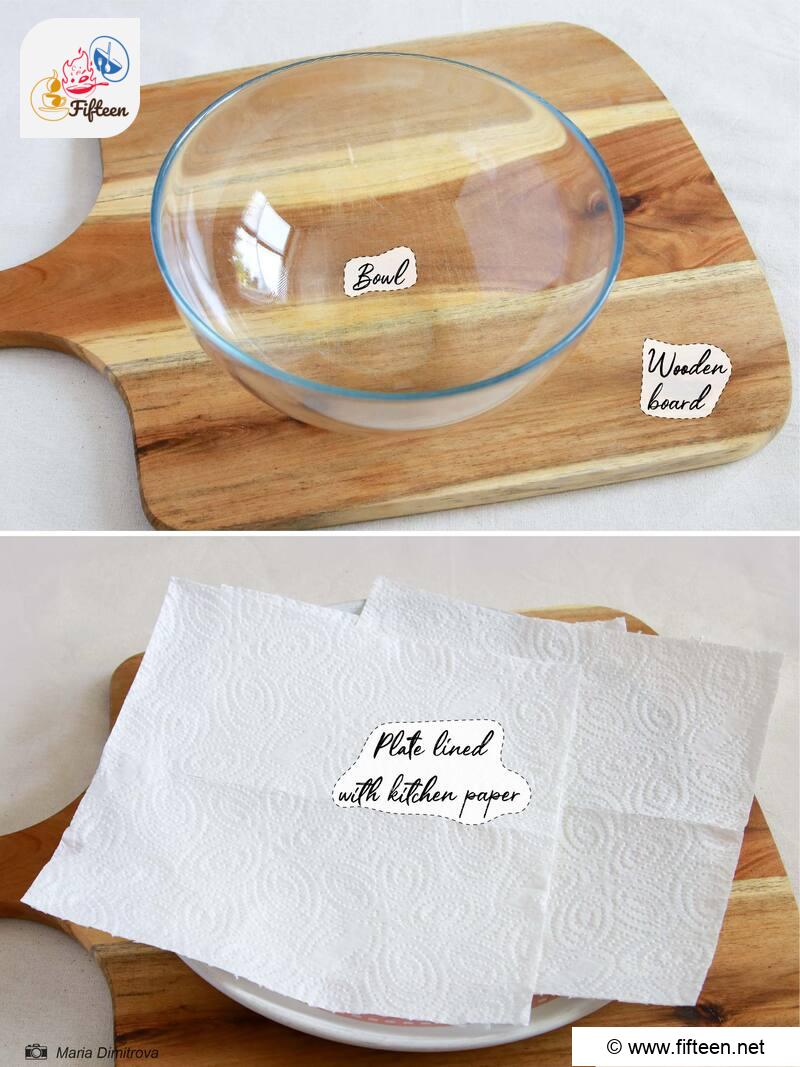
Which Ingredients Are Necessary for Mekitsi?
The necessary ingredients for mekitsi are easy to find: flour, yeast, eggs, etc. Still, I’ve included some notices in each component so you can choose the best options:
How to Make Mekitsi?
To make this Bulgarian fried dough recipe, you must go through 3 main steps described below.
Step 1: Prepare the Dough
Combine half the flour with dry yeast, sugar, and salt in a large mixing bowl until well mixed.
Make a well in the mixture and pour in warm milk, oil, and eggs. Use your fork to mix these ingredients until smooth.
Add the remaining flour and mix until fully combined. The final dough will be smooth and slightly sticky.
Coat the medium-sized mixing bowl with oil and transfer the dough into it.
Turn the dough in the bowl several times and let it rest for 10-15 minutes to rise.
Step 2: Shape the Mekitsi
Smear the oil over the wooden board or stone slab. Also, coat your hands with oil.
Pull several small pieces from the dough and shape them into balls with oiled hands. Place these balls on the oiled wooden board.
Take one of the dough balls and slightly flatten it to form a round disc with thicker edges and a thin middle, just like the image.
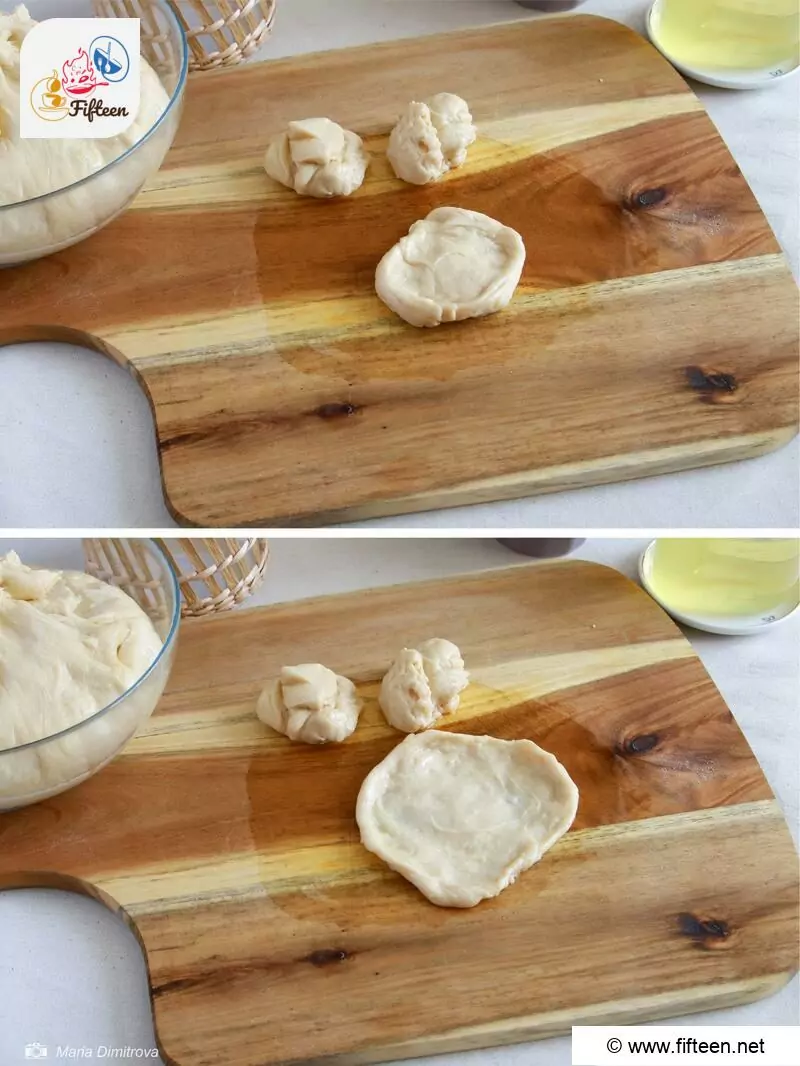
Step 3: Fry the Mekitsi
Heat your frying pan or skillet at medium heat. Pour enough vegetable oil to cover the pan’s bottom.
Place these dough pieces into the pan and fry until both sides puff up and turn golden brown (about 2-3 minutes per side).
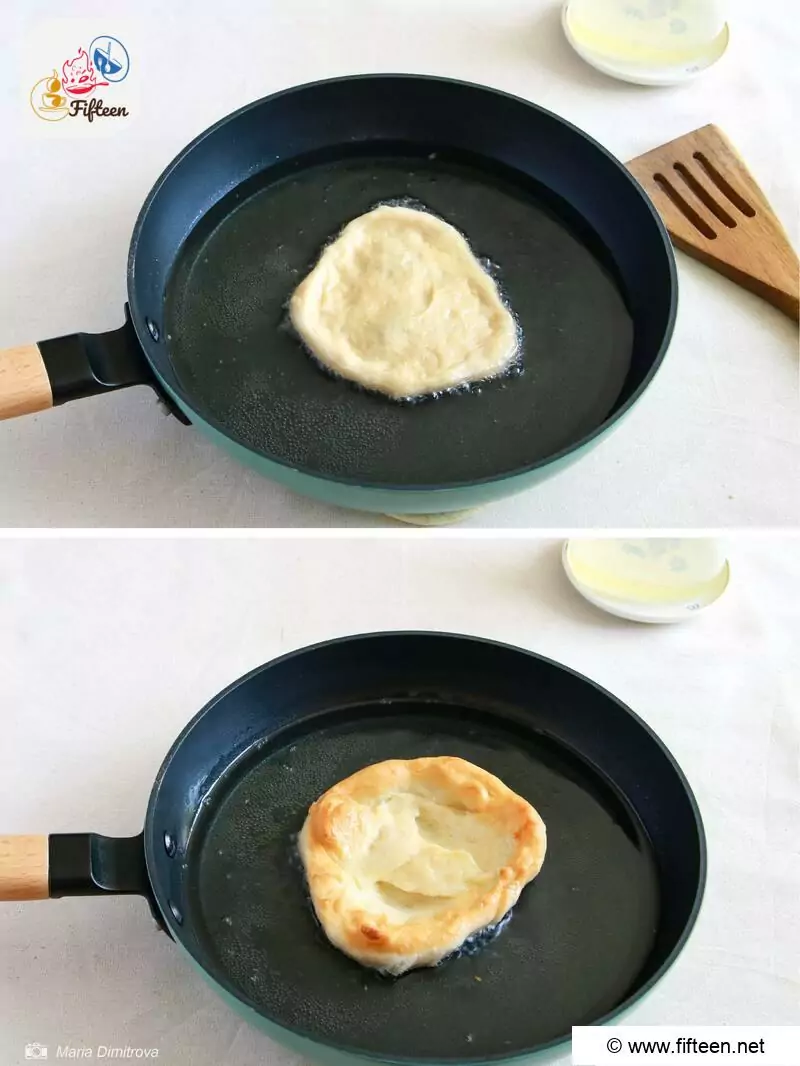
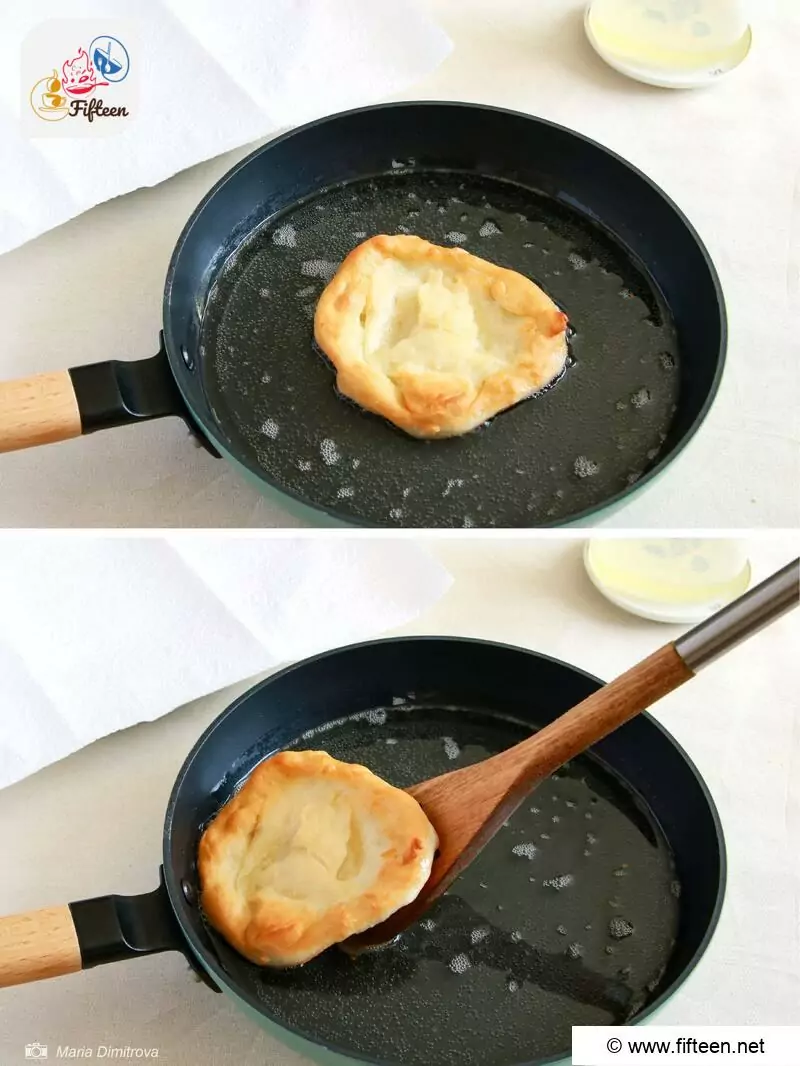
Move the fried ones into a plate lined with paper towels to remove excess oil.
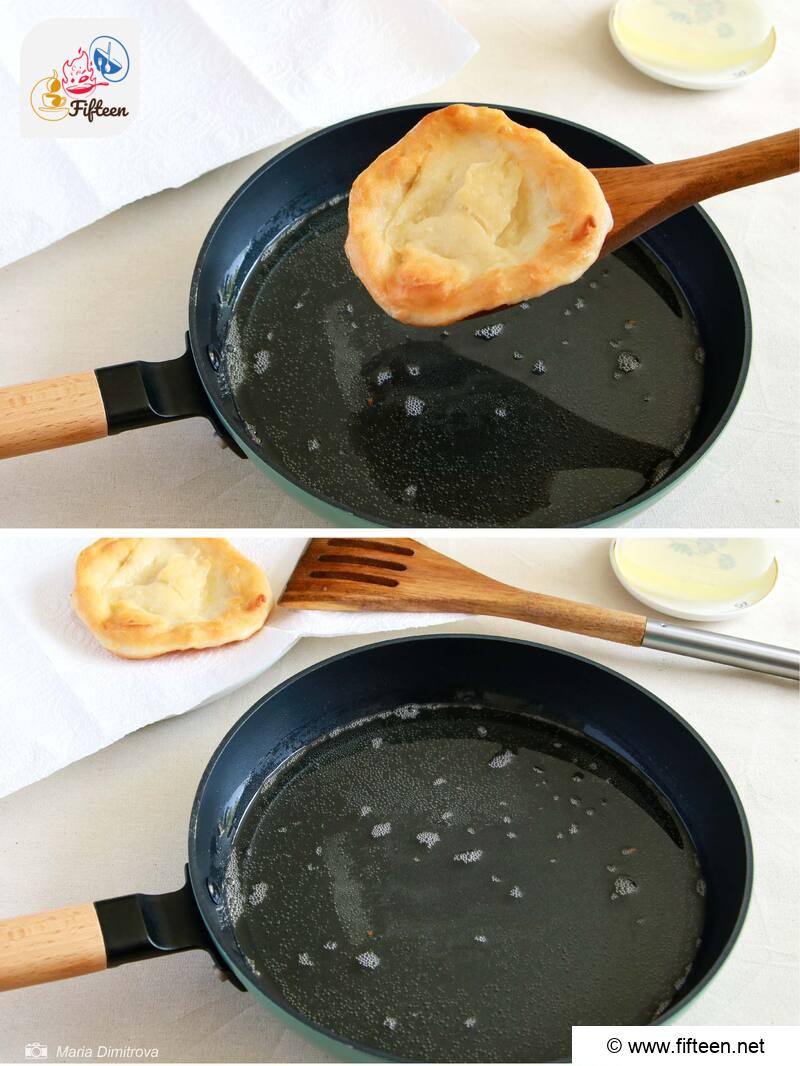
Continue shaping and frying them until you run out of dough. Serve the treat warm.
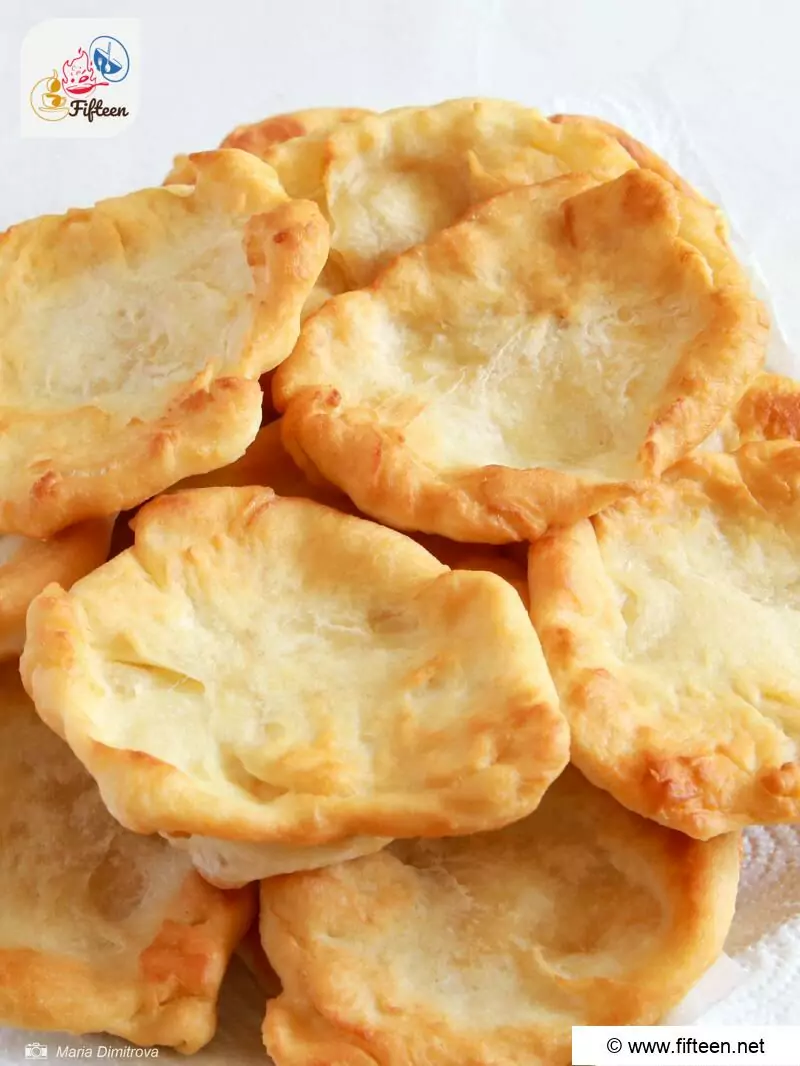
Are There Any Tips for Making Mekitsi?
There are also several tips to perfect your mekitsi, especially when preparing the dough.
Fried mekitsi are already delicious on their own, but when served correctly, this Bulgarian fried dough will become tastier.
How to Serve Mekitsi?
There are two ways to serve and enjoy mekitsi: sweet and savory styles. Each style comes with different pairings.
For the sweet way, honey, maple syrup, or jam like strawberry jam is the best companion. Or simpler, dust them with powdered sugar or cinnamon sugar.
As for the savory style, cheese such as Bulgarian briny cheese or feta cheese is the popular option. Greek yogurt is also a nice choice to add moisture and sourness to your dish. Some even use them to wrap their hotdog.
Storing Tips for Mekitsi
The easiest way to store mekitsi is by refrigerating it in an airtight container. This way, it’ll last for 2 days. Leaving them at room temperature is also a decent method, but you must eat it within 1 day.
A small note: These fried dough aren’t suitable for freezing, so avoid this method.
Mekitsi Will Be a Perfect Breakfast for You!
Mekitsi, the humble Bulgarian fried dough, truly testifies to the beauty of simplicity in cooking. Through this piece, I hope you’ve felt the warmth of Bulgarian cuisine. It’s just a simple dish, but it’ll take you to the rich culinary heritage of the country.
Now, please like and share this recipe on your social media if it has ignited a newfound interest in Bulgarian cuisine. And remember to express your thoughts and cooking experiences in the comment section!
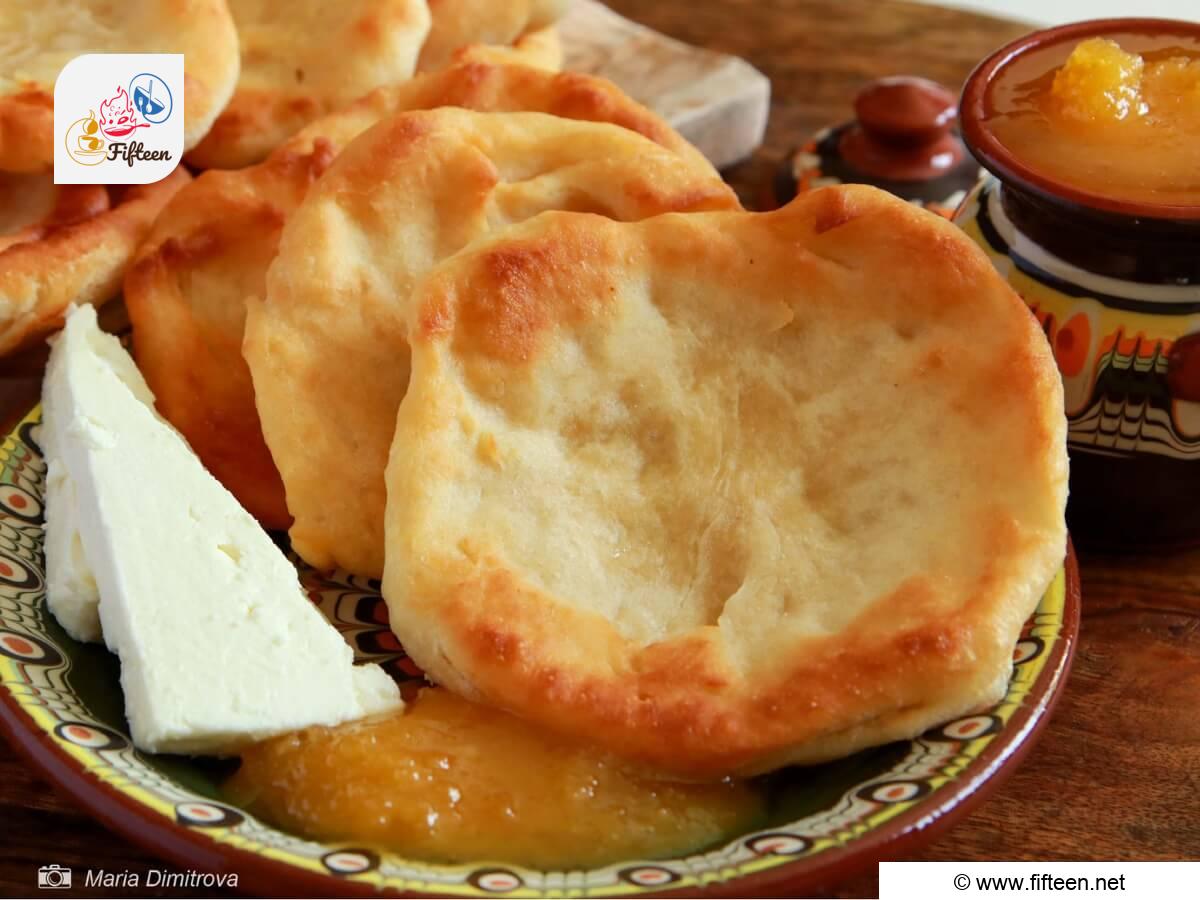
Mekitsi (Мекици) Recipe (Bulgarian Fried Dough)
Equipment
- Kitchen turner
- Non-stick frying pan
Ingredients
- 1 pound of all-purpose flour
- 0.25 ounces of dry yeast
- 1 teaspoon salt
- 2 teaspoons sugar
- 0.85 cup warm milk
- 3 tablespoons oil
- 2 eggs
- 1 cups of oil (for shaping and frying mekitsi)
Instructions
- Combine half the flour with dry yeast, salt, and sugar in a large mixing bowl.
- Mix well.
- Create a well in the middle. Pour in milk, 3 tablespoons of oil, and eggs.
- Then, mix these ingredients with your fork.
- When the mixture becomes smooth, add the remaining flour.
- And then mix again until the dough turns smooth and slightly sticky.
- Transfer the dough to another mixing bowl coated with oil. Turn the dough in the bowl a few times and leave it there for 10-15 minutes to rise.
- Coat your hands and a wooden board or stone slab with oil.Tear the dough into several small pieces and form them into balls. Place these balls on the oiled board.
- Flatten these balls into round discs. Their middle part should be thin, while the edges are thicker.
- Place your frying pan or skillet over a medium flame. Cover the pan bottom with the remaining oil.
- When the oil is hot enough, place the dough into the pan.
- Fry each side for 2-3 minutes until golden brown.
- Transfer the fried ones to a plate covered with paper towels.
- Keep shaping and frying mekitsi until you use up the dough.
Notes
- The cooking time above is dedicated to 20 mekitsi pieces.
- Feel free to use a kitchen mixer or bread maker to help mix the dough.
- Resting will make your mekitsi dough fluffier and easier to handle at later steps.
- Make the dough in advance and let it rest overnight to make them for breakfast. This way will help you save more time.
- Make sure to coat your hands and the second bowl with oil since the
- The dough is sticky. Medium heat is the best for frying them.
- Feel free to fry several mekitsi pieces at once if your pan is large enough. However, keep them from overlapping with each other to avoid sogginess.


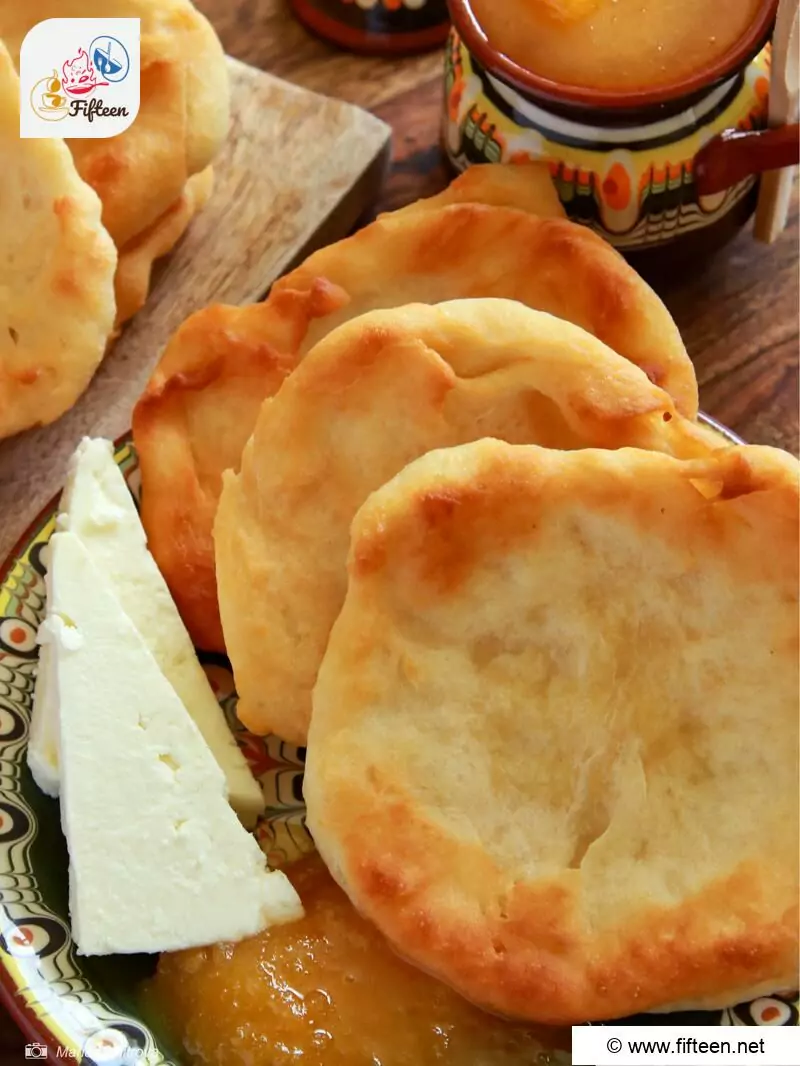
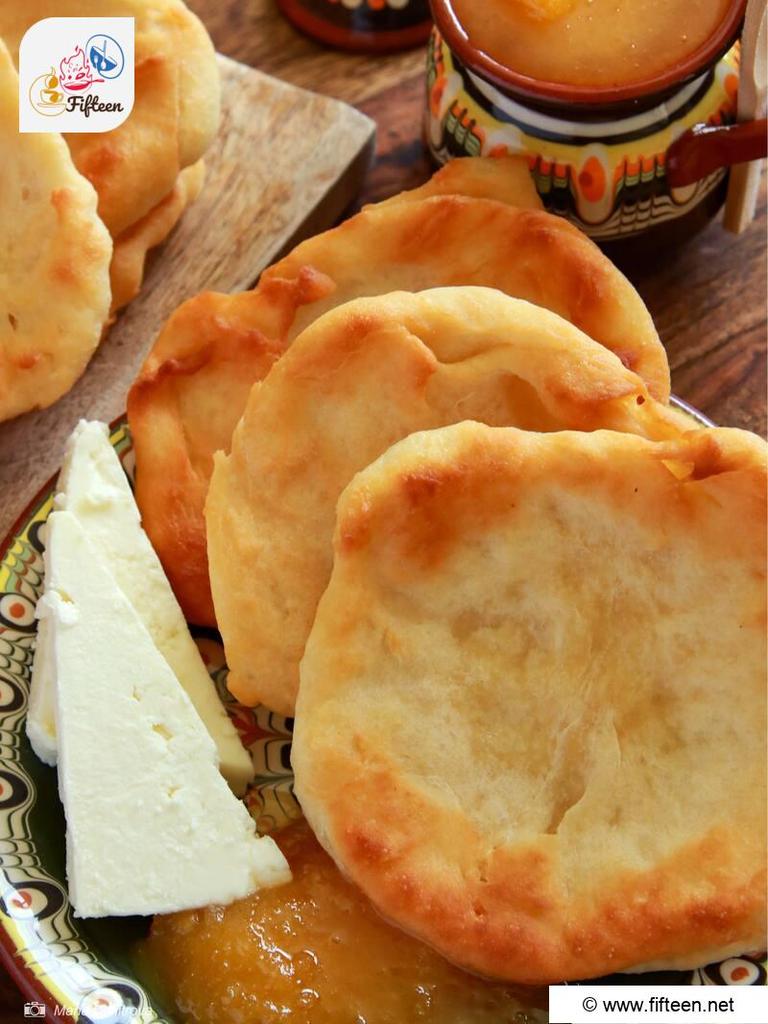
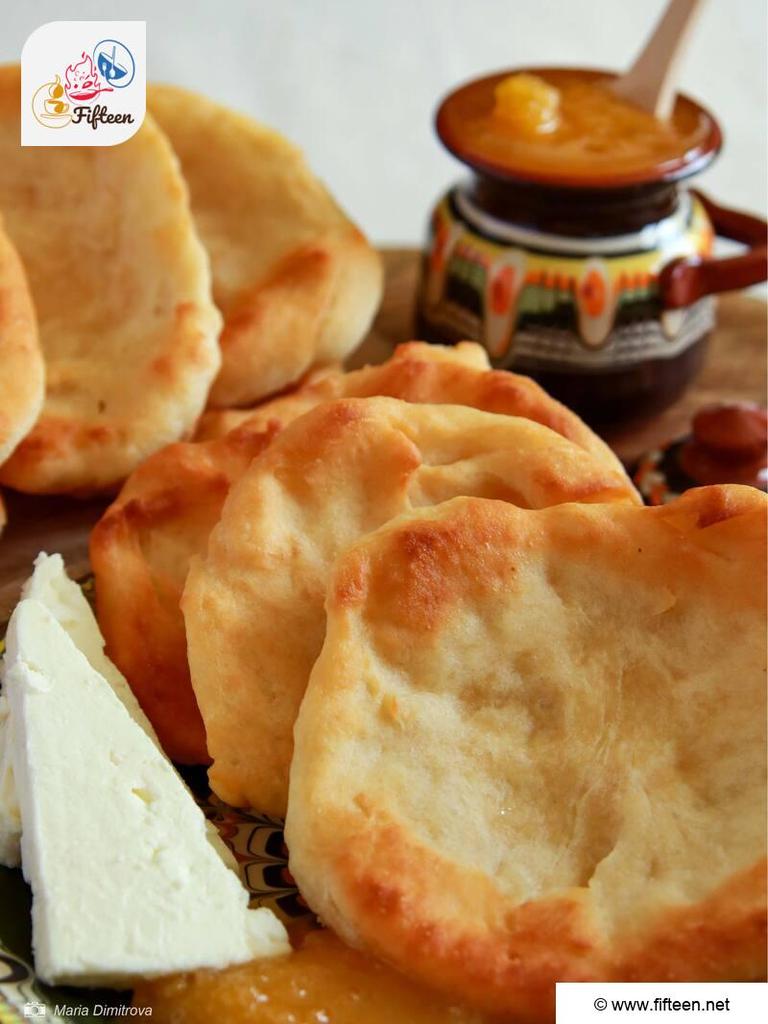
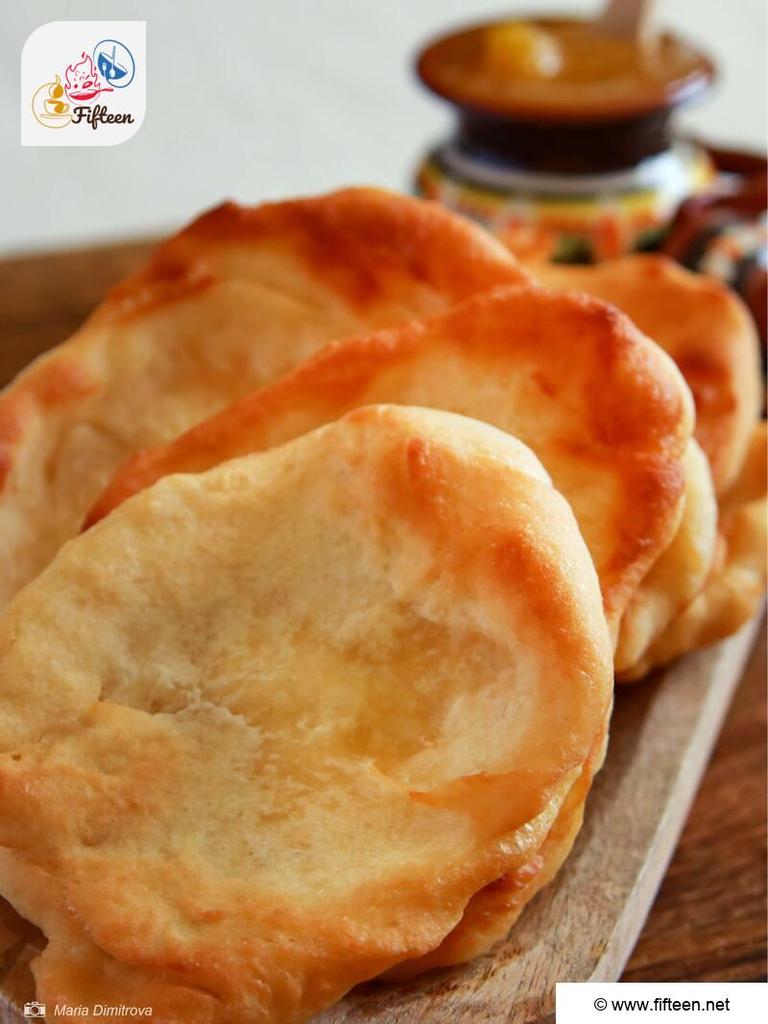
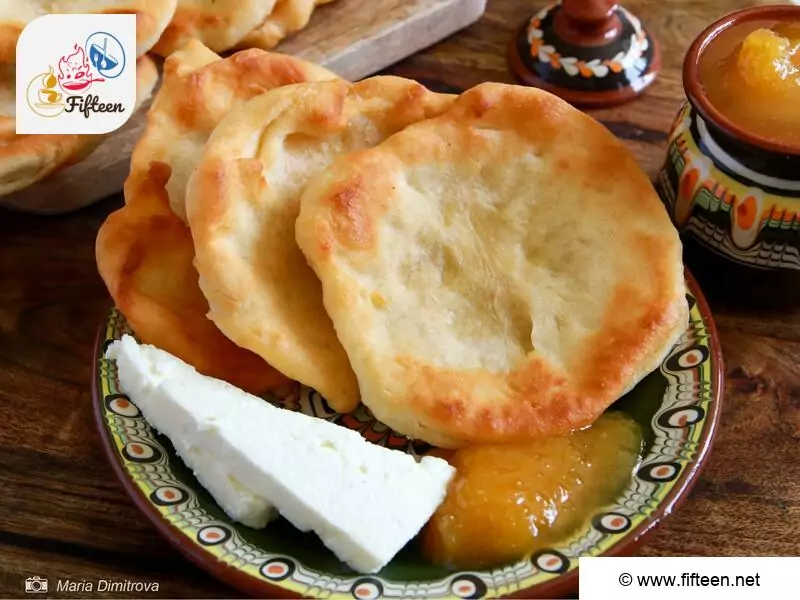
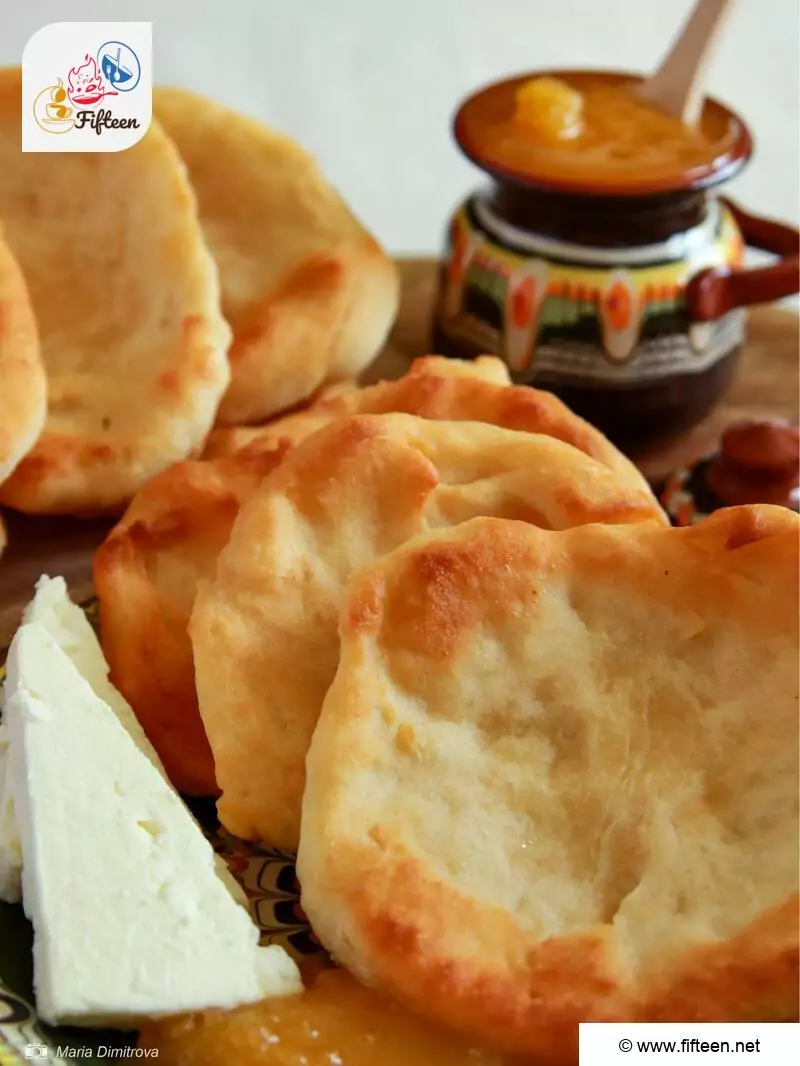
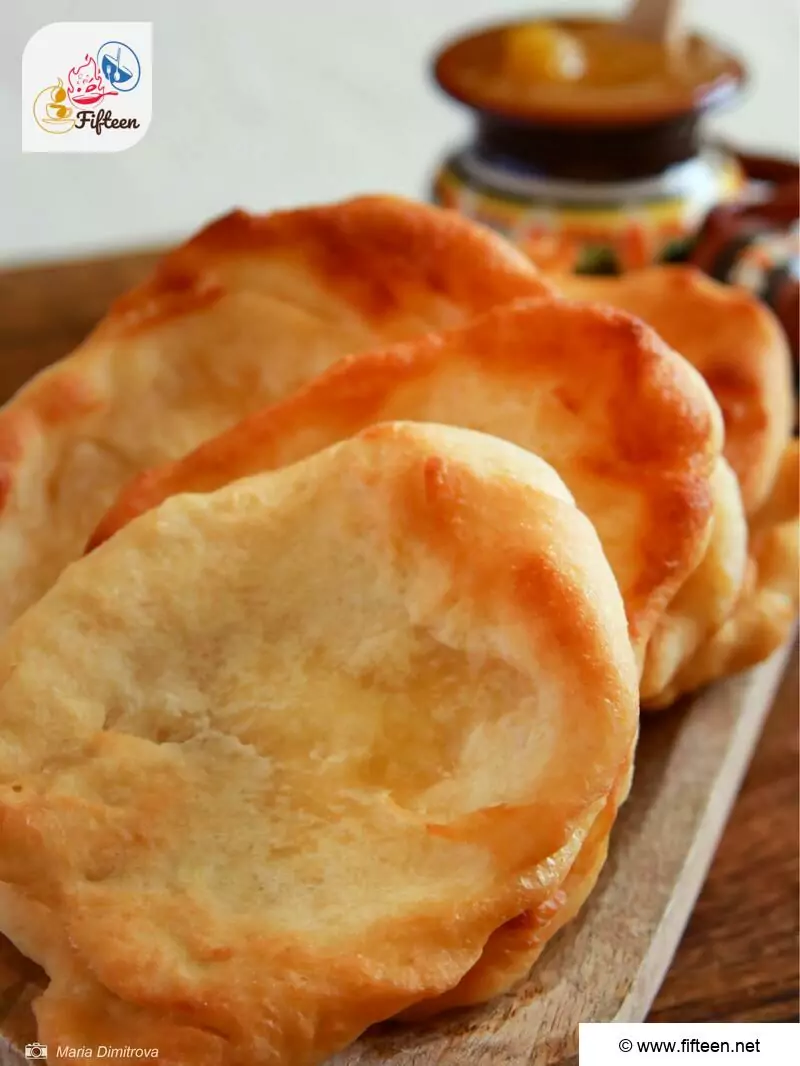
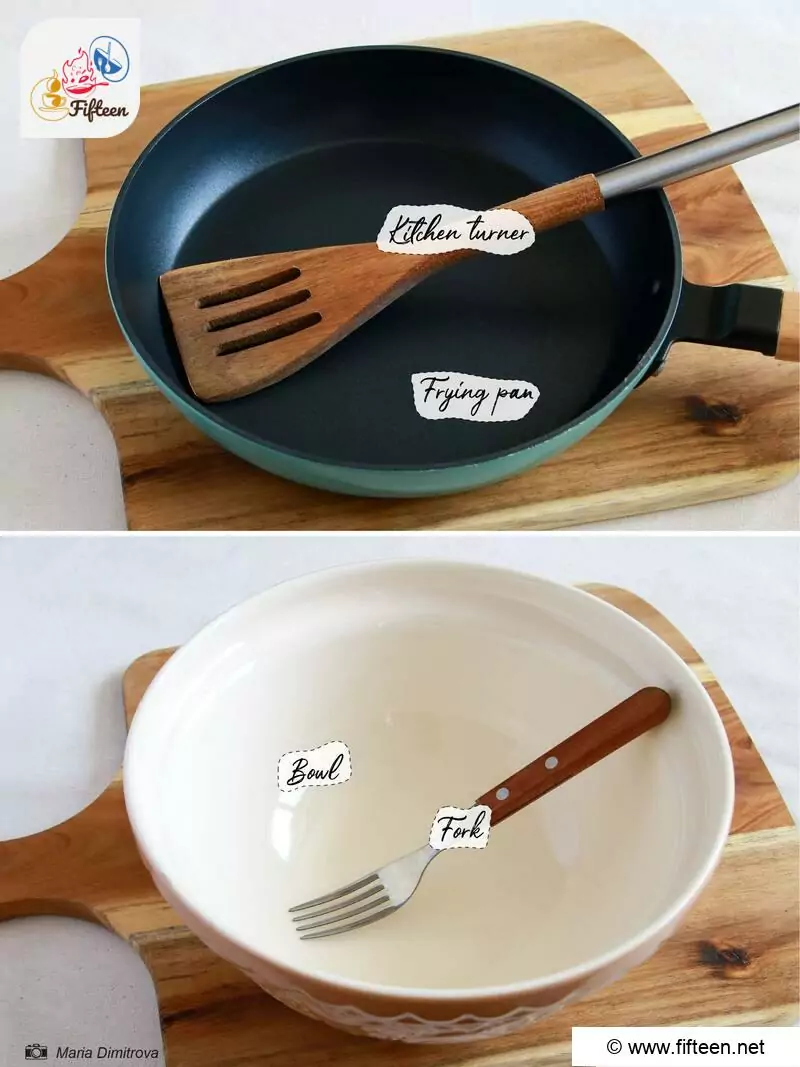
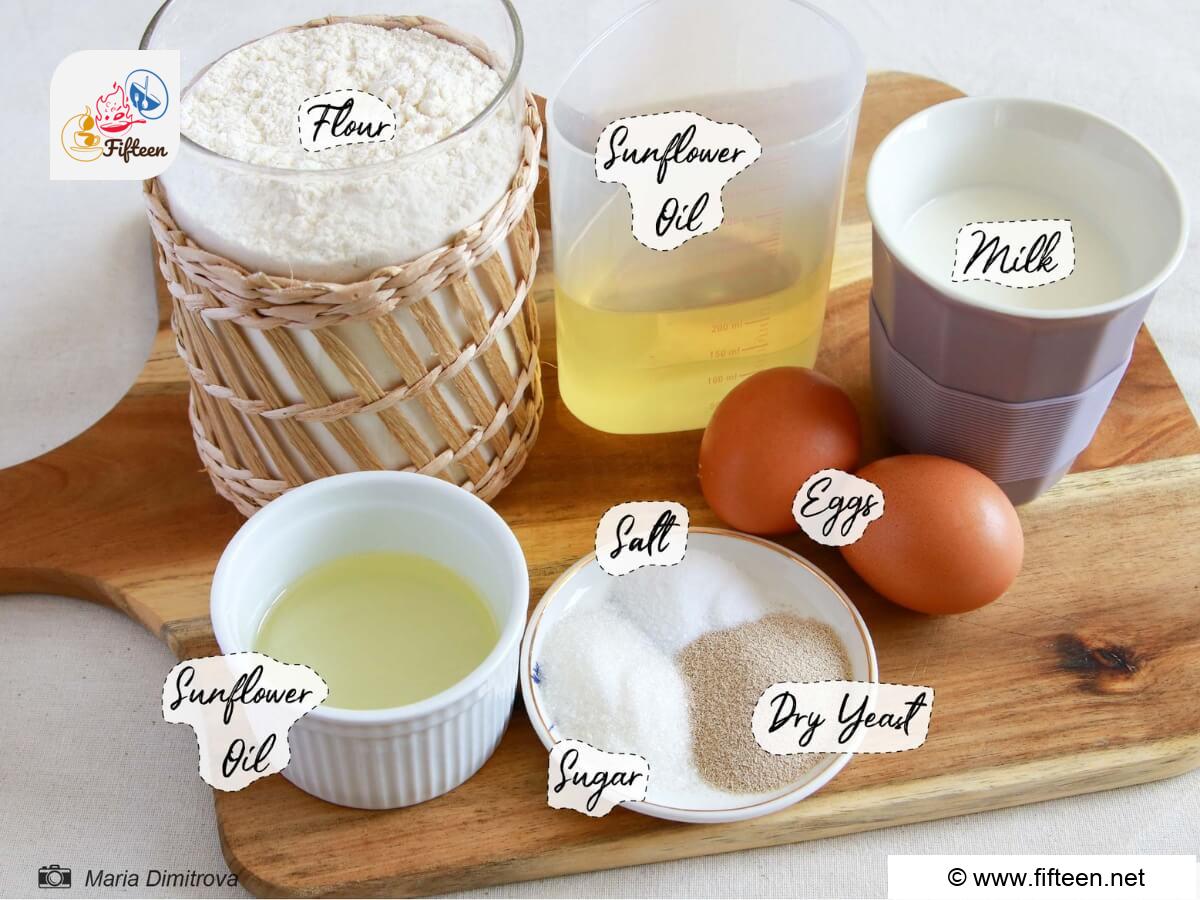
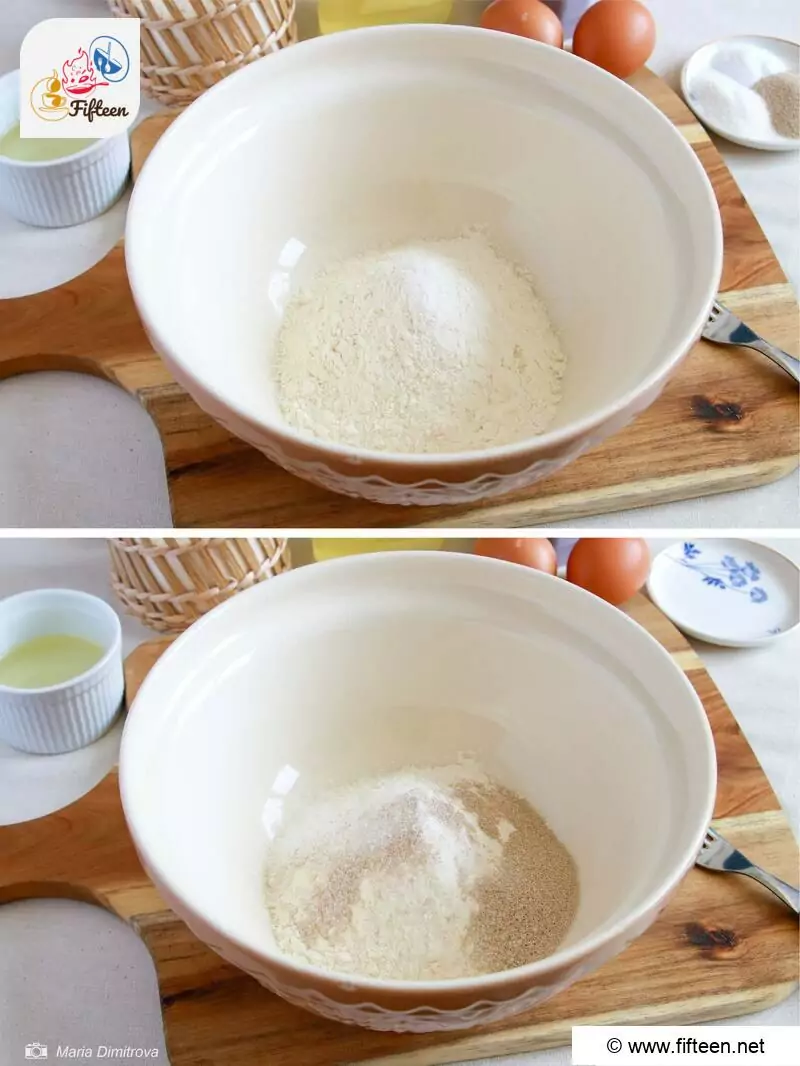
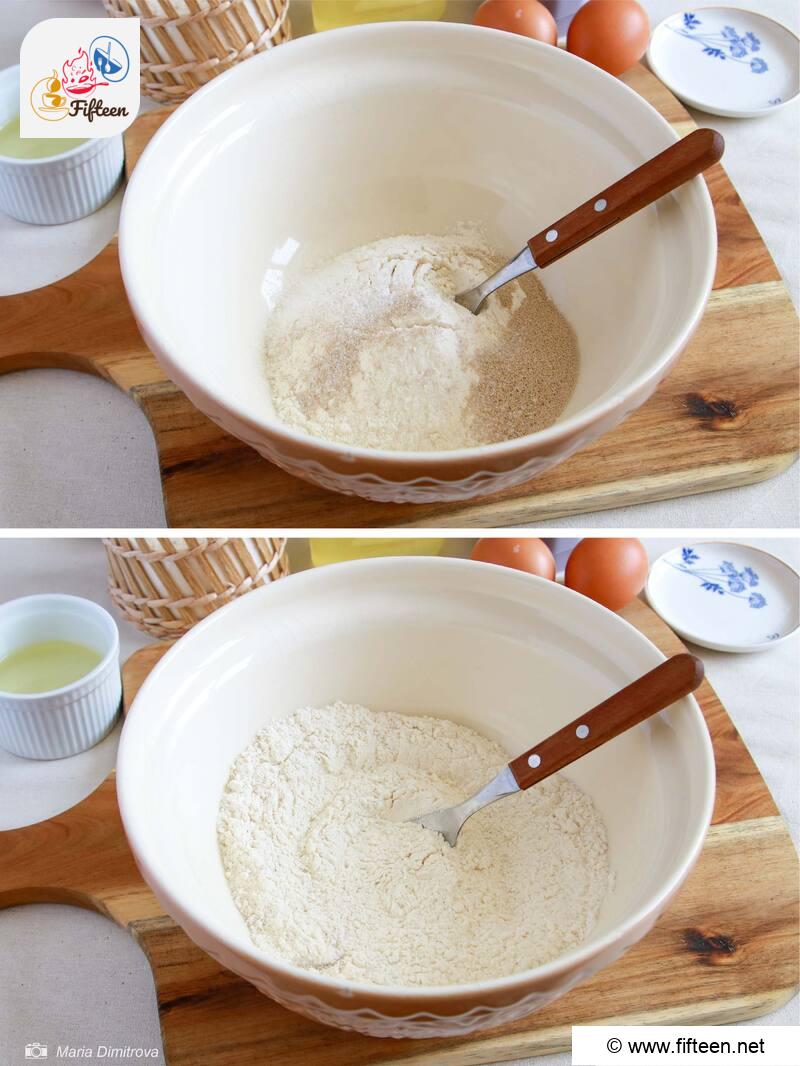
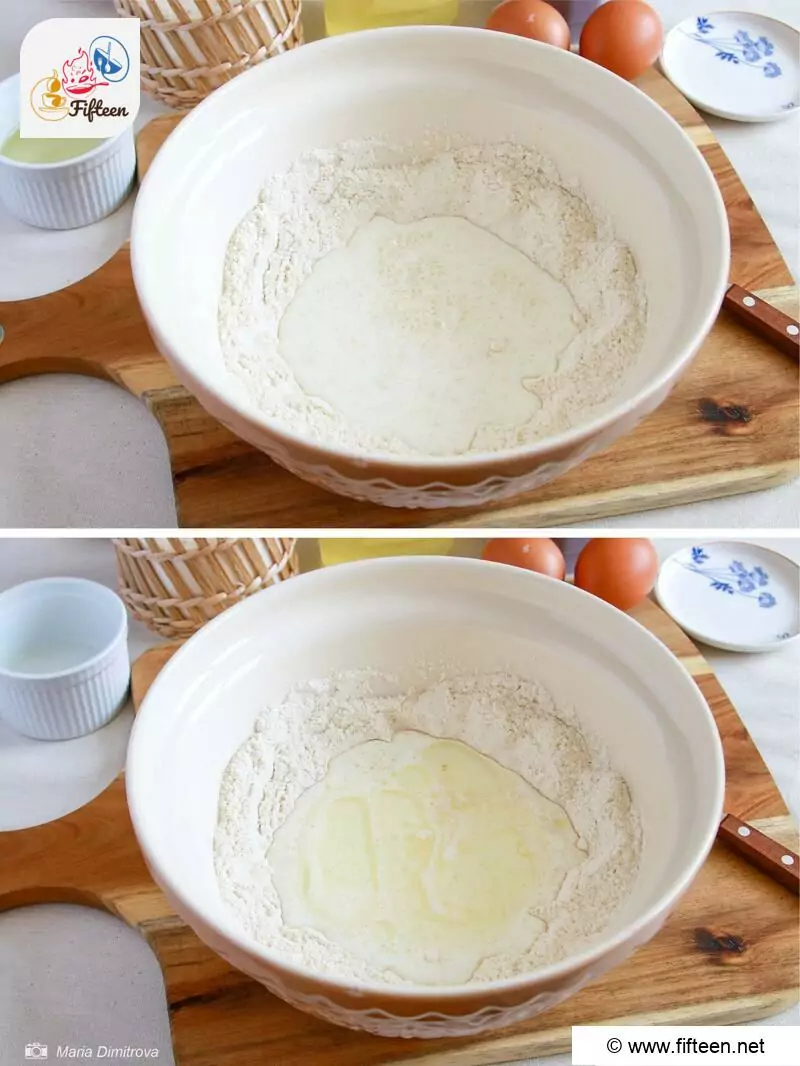
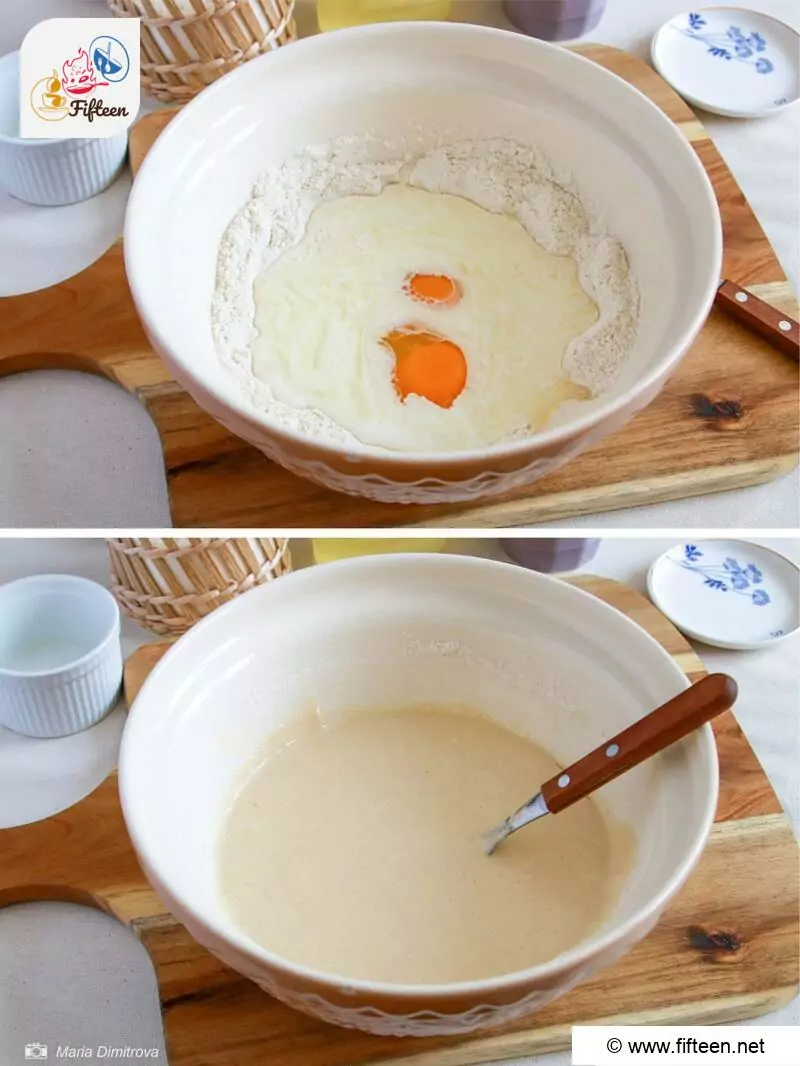
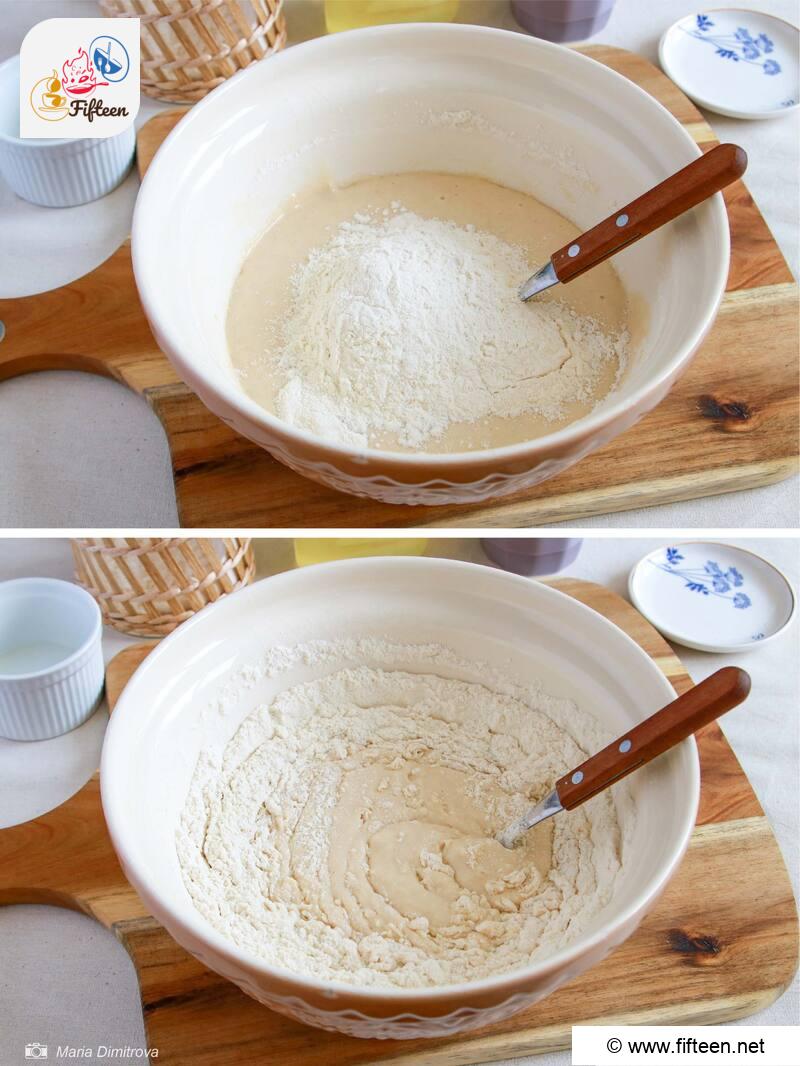
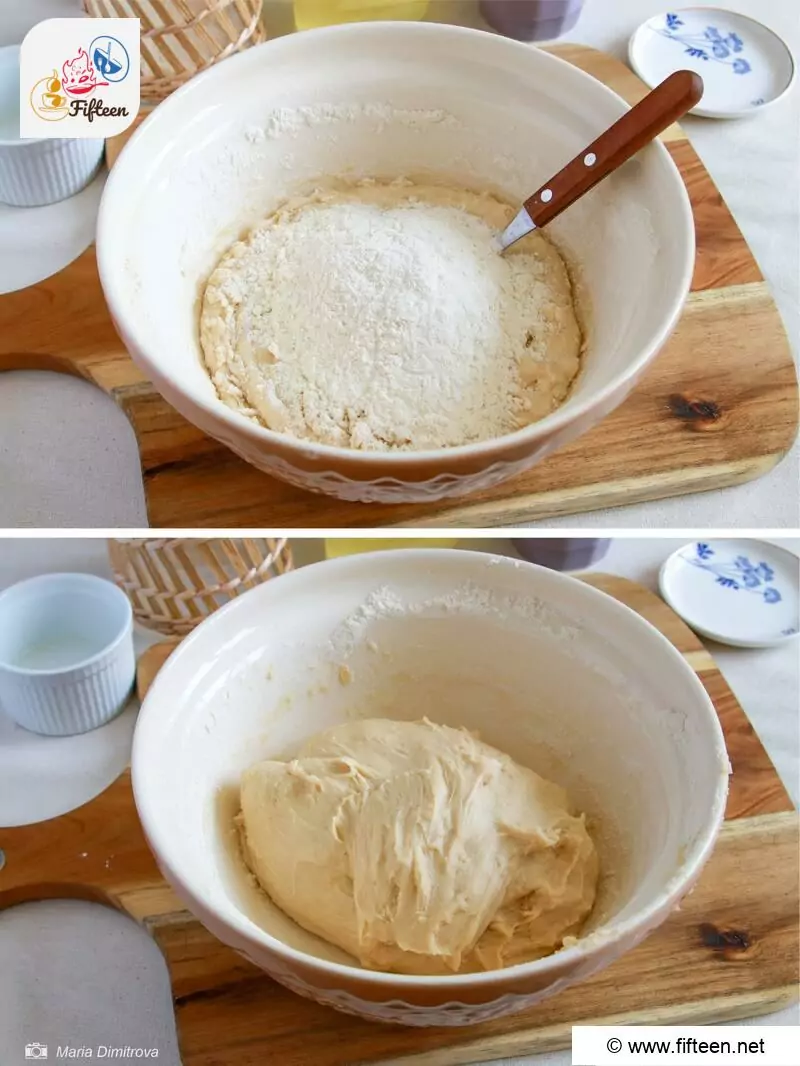
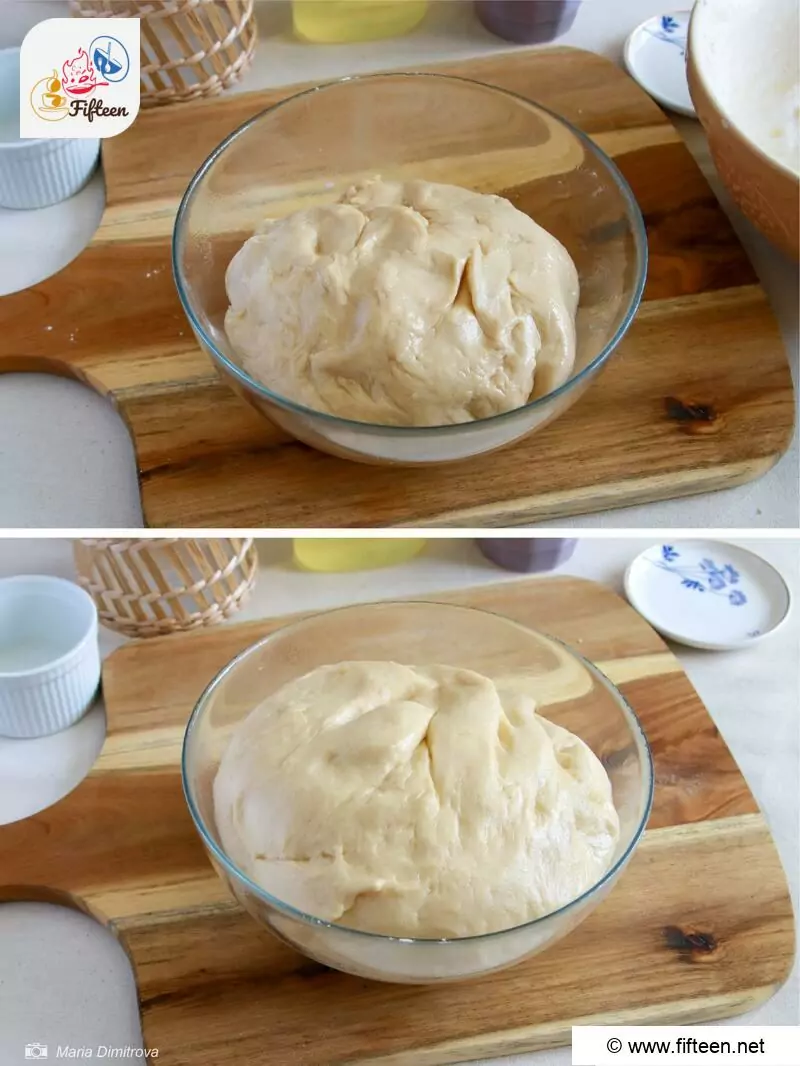
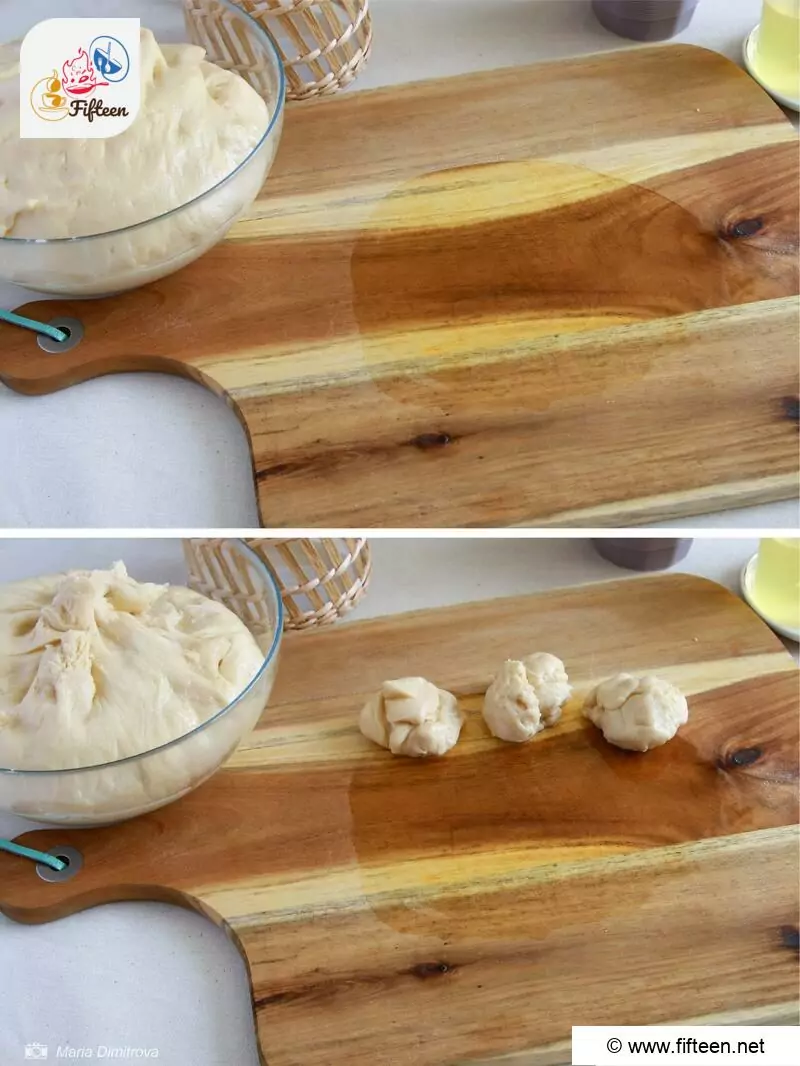
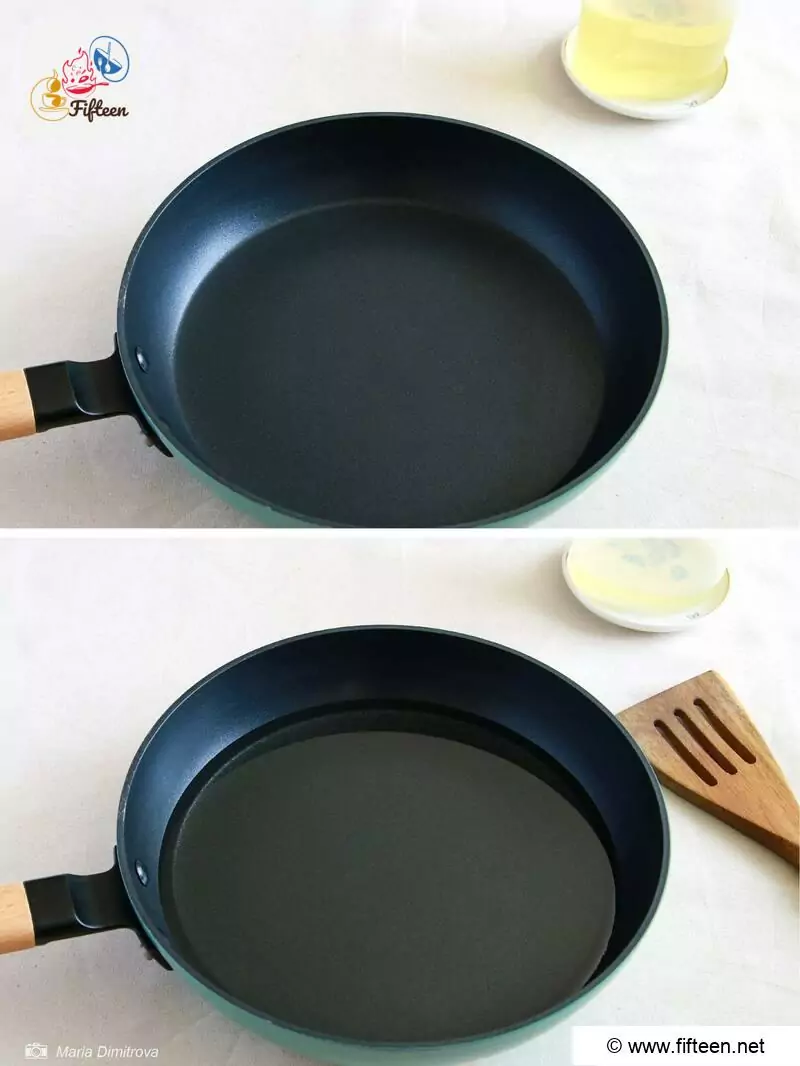
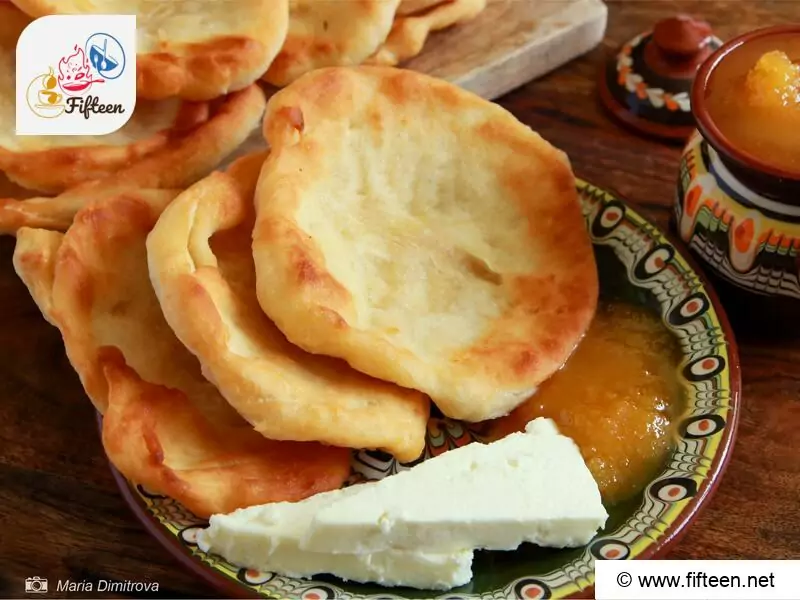
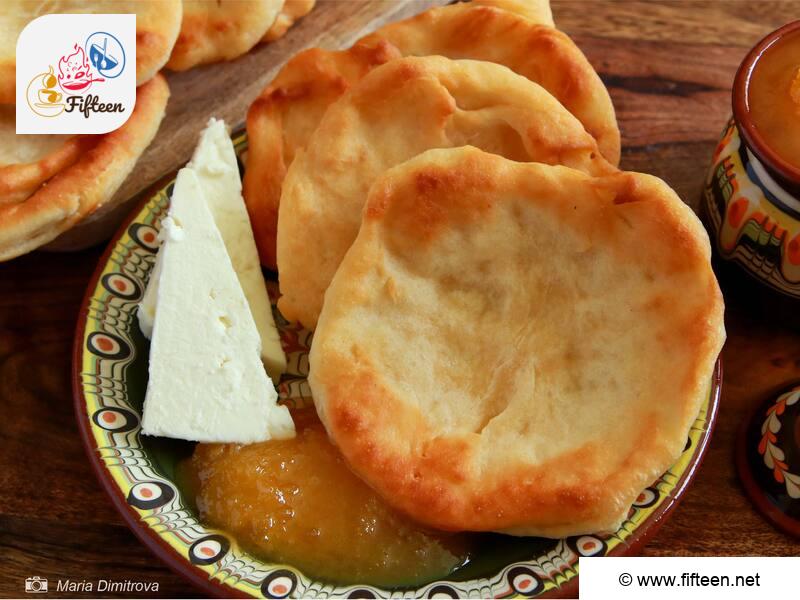
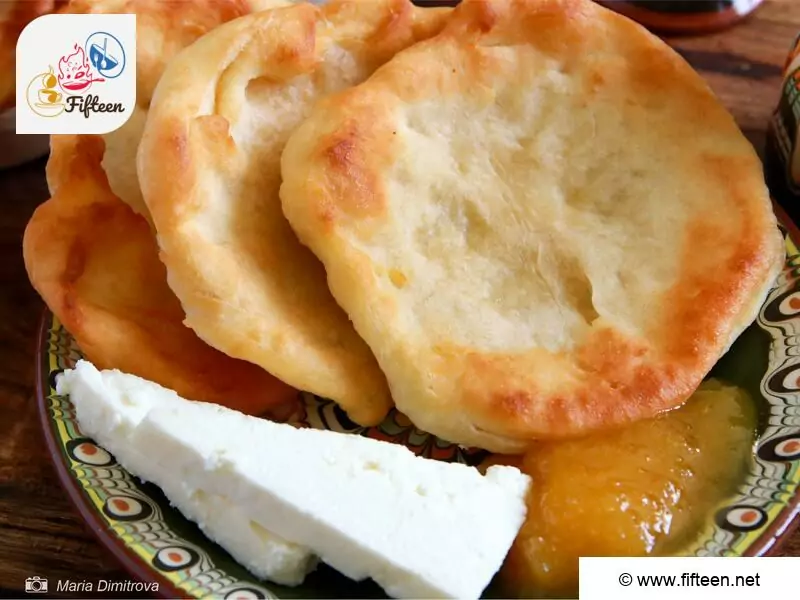
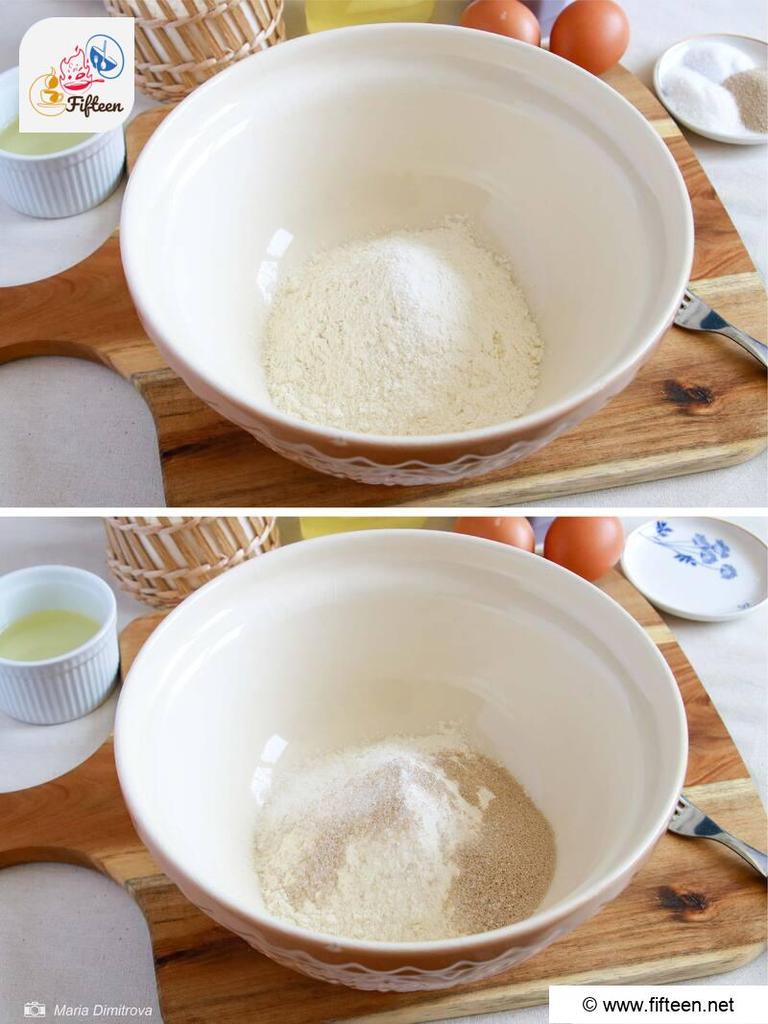
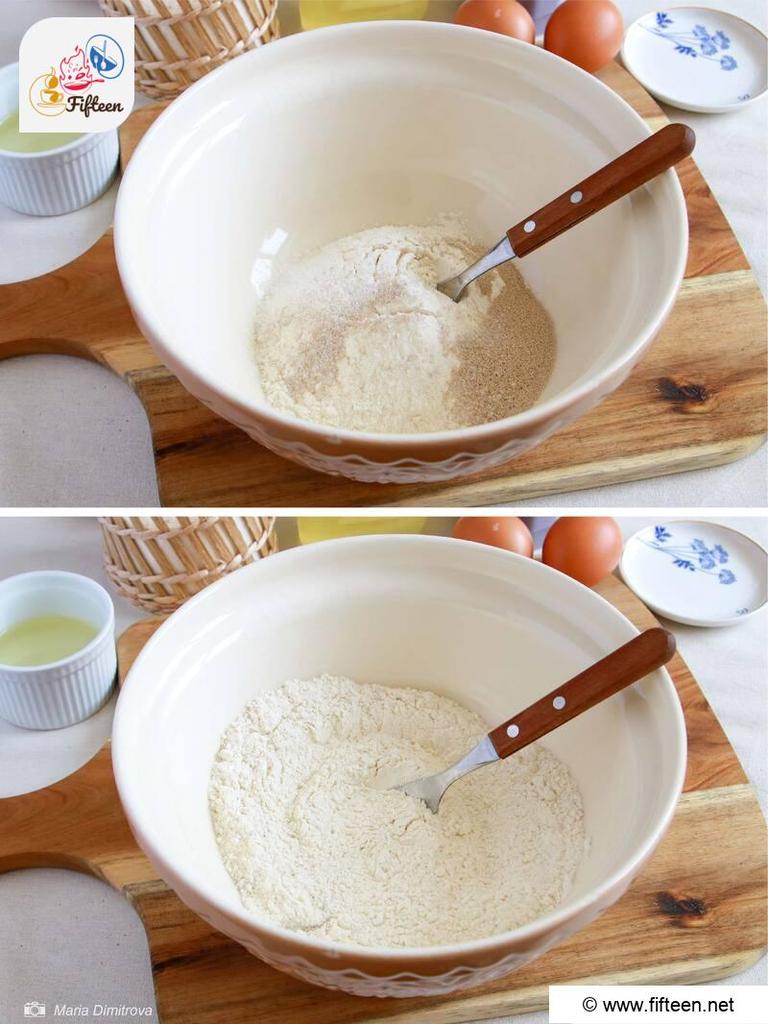
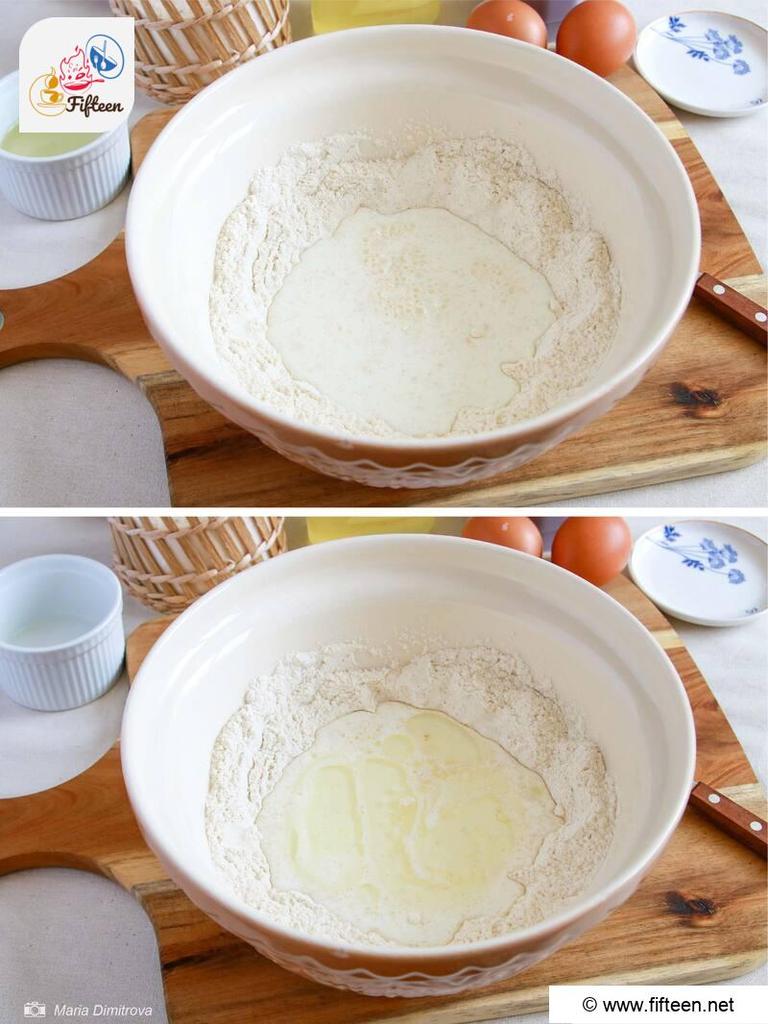
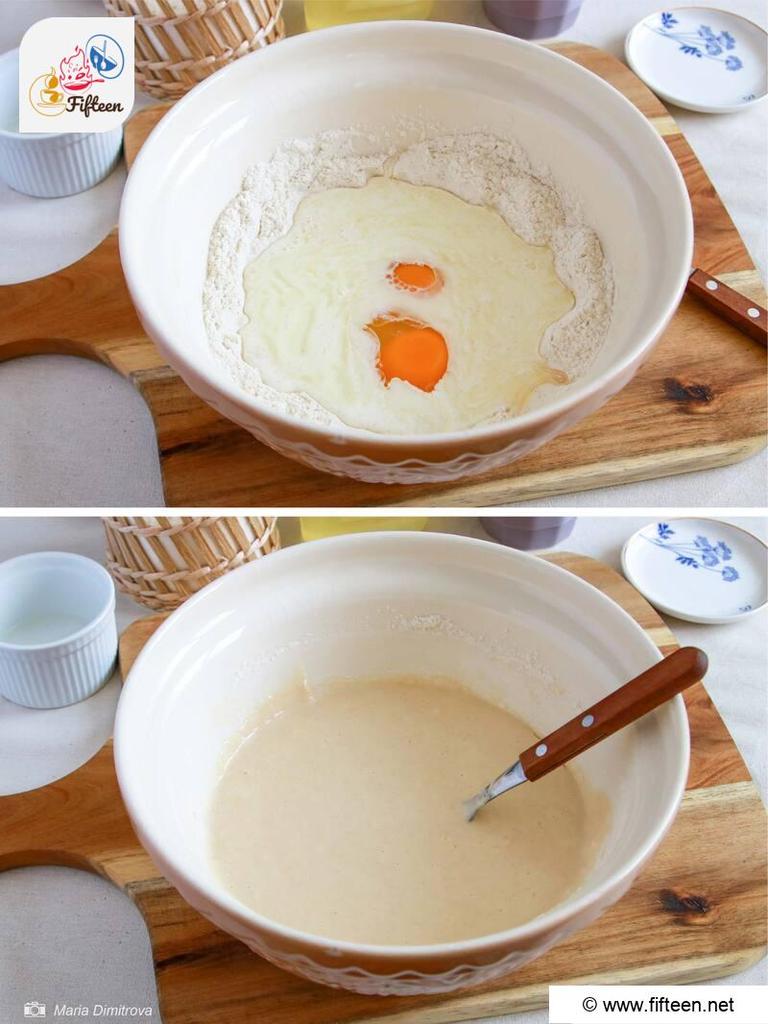
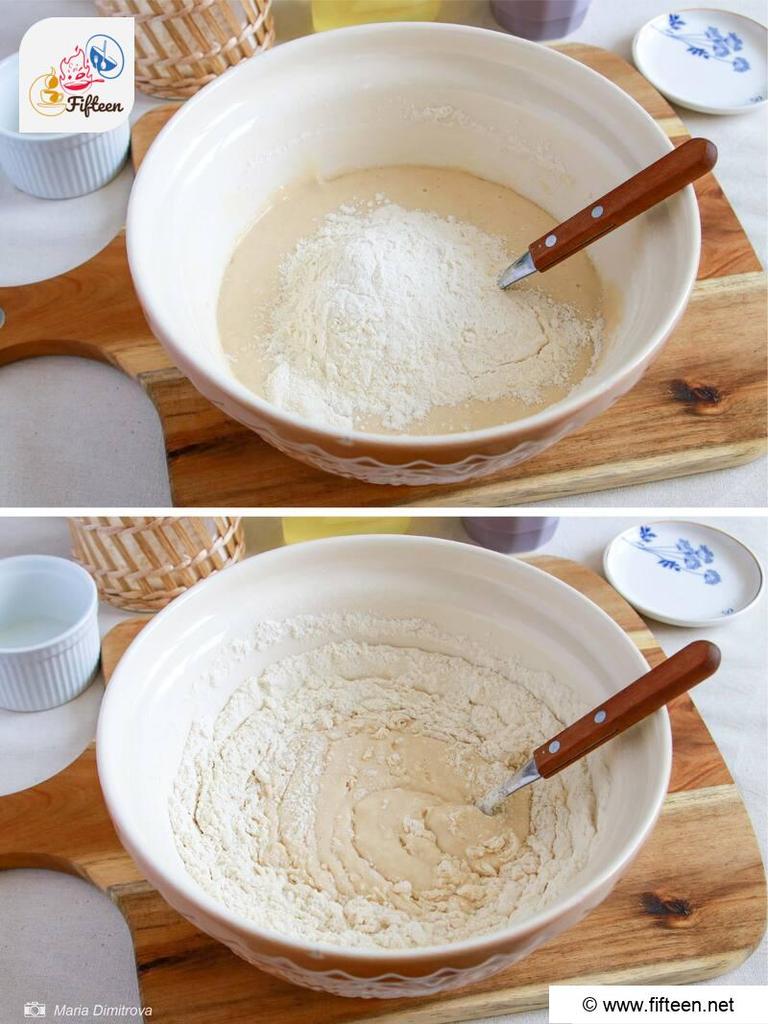
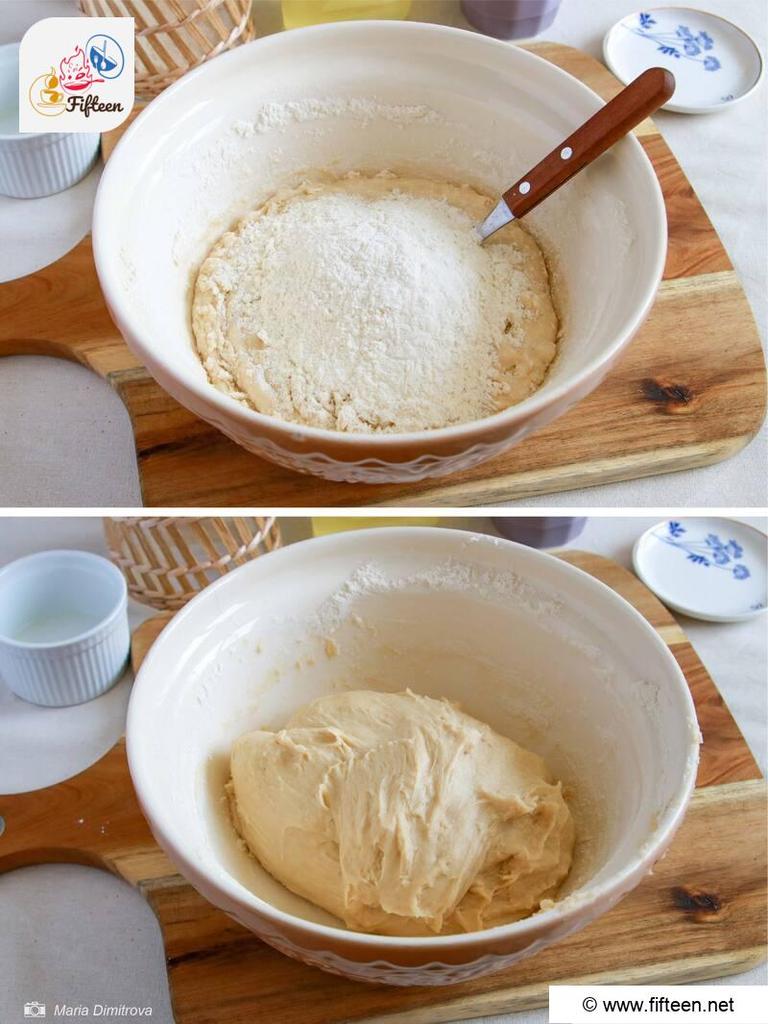
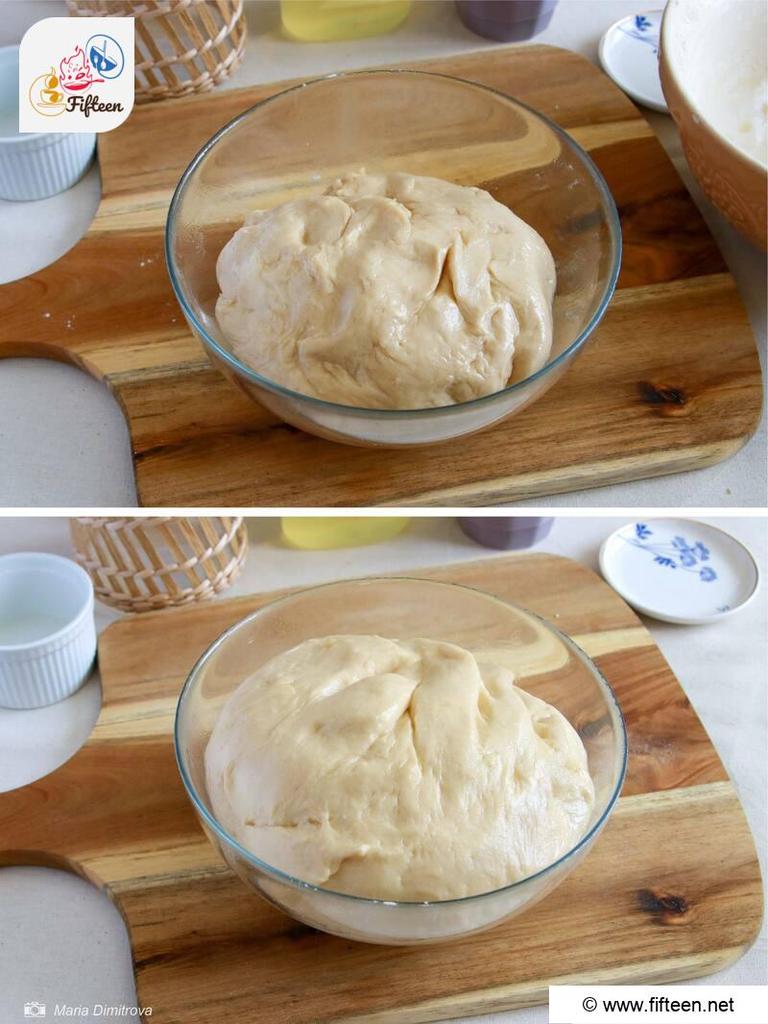
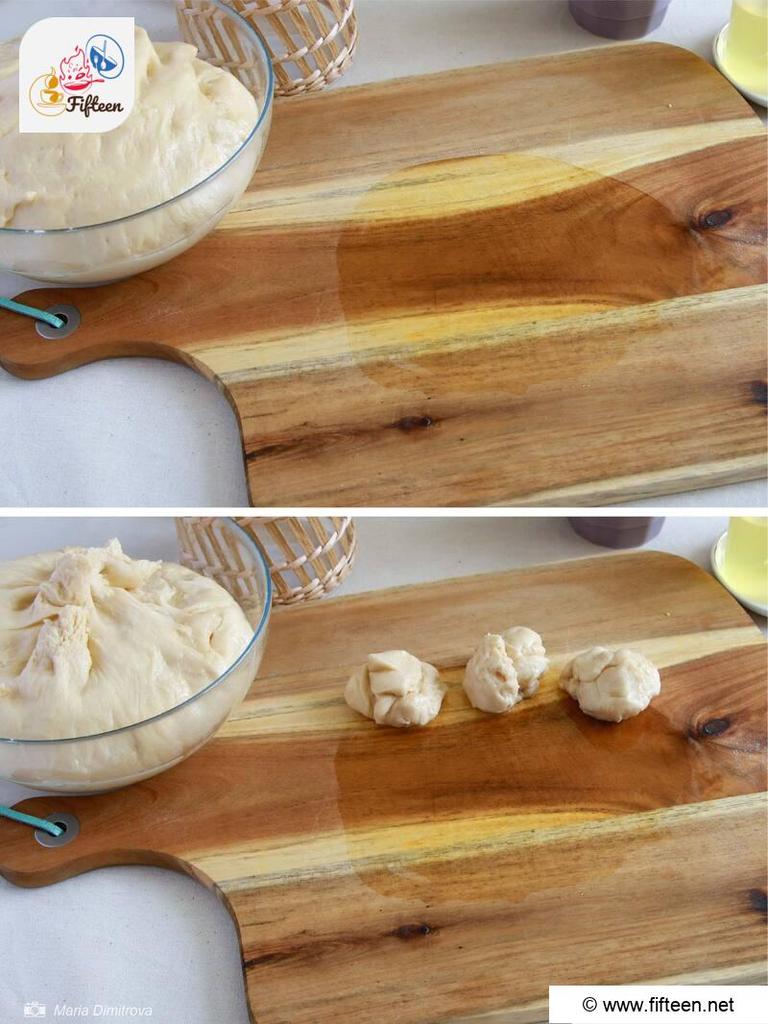
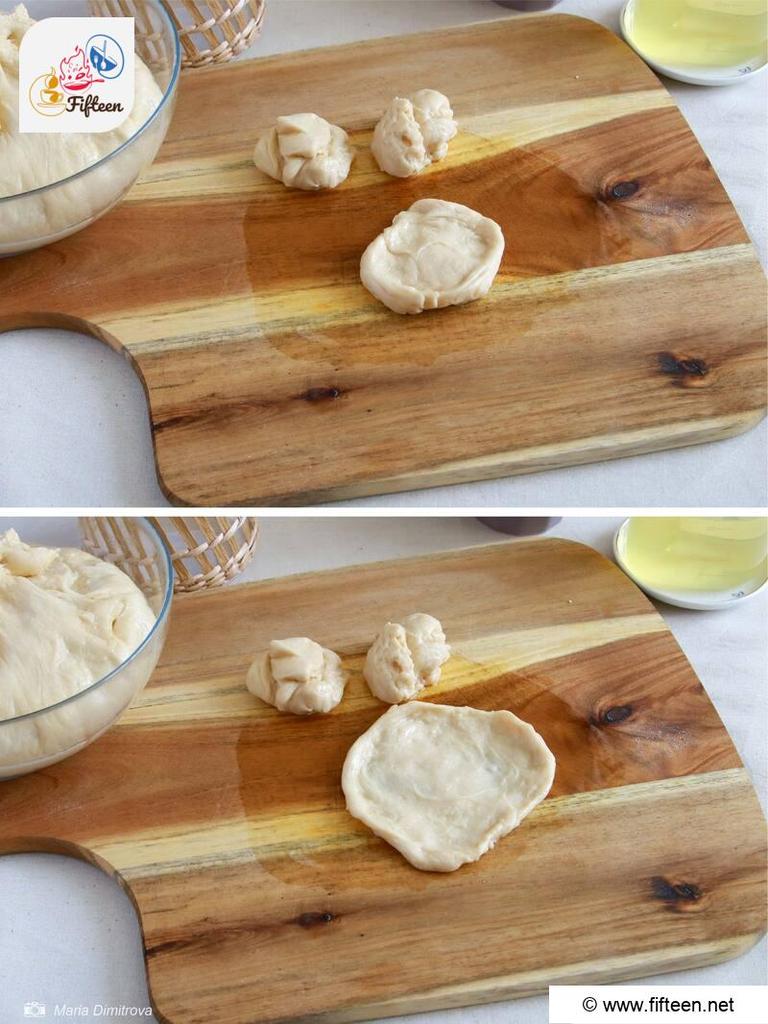
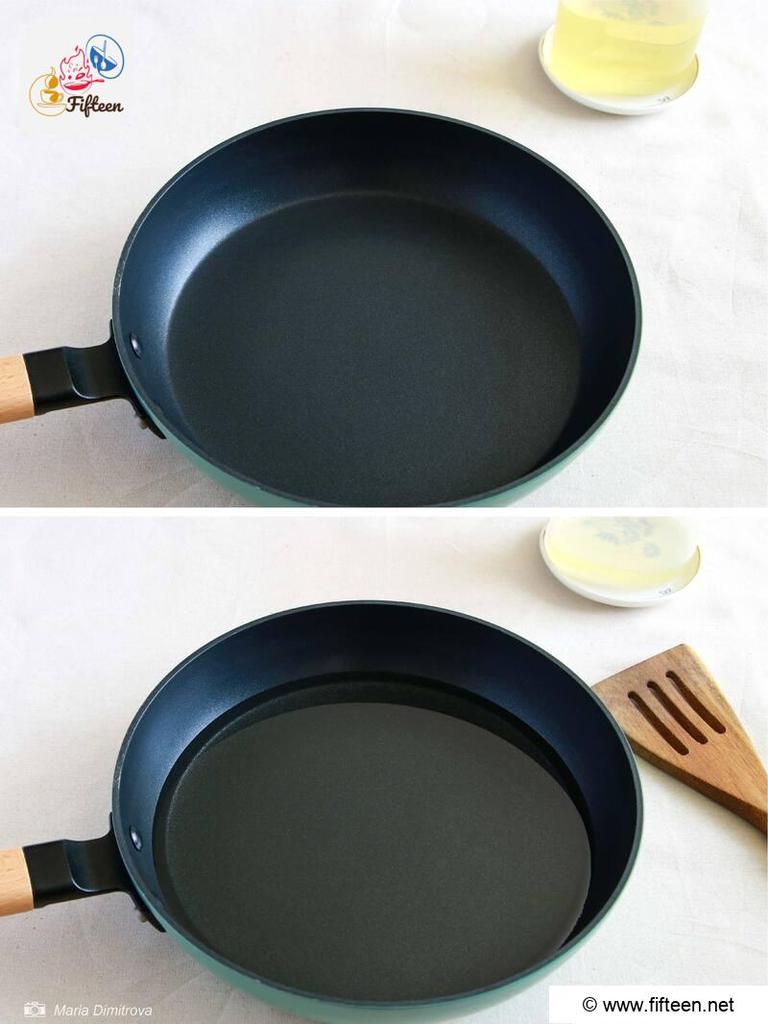
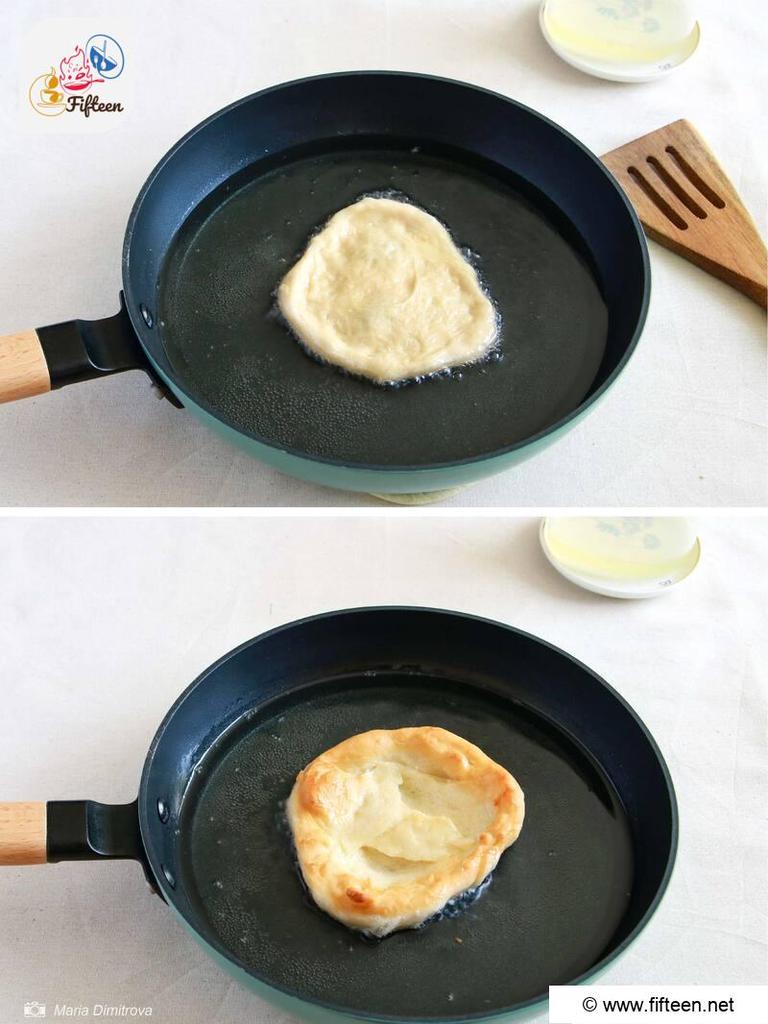
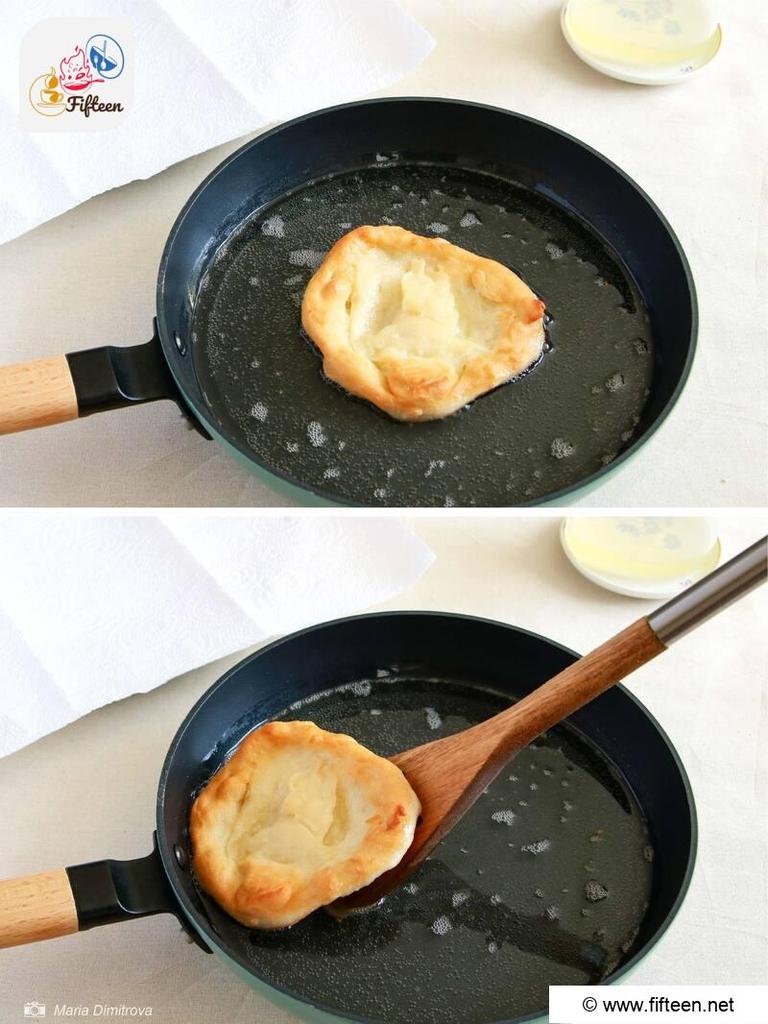
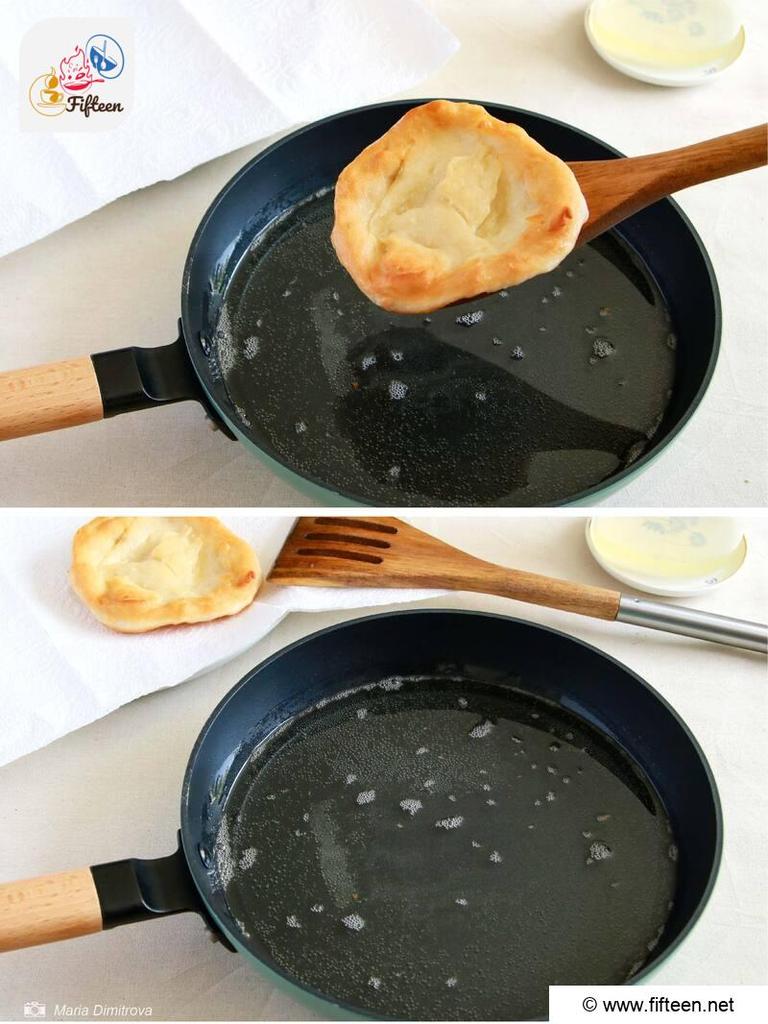
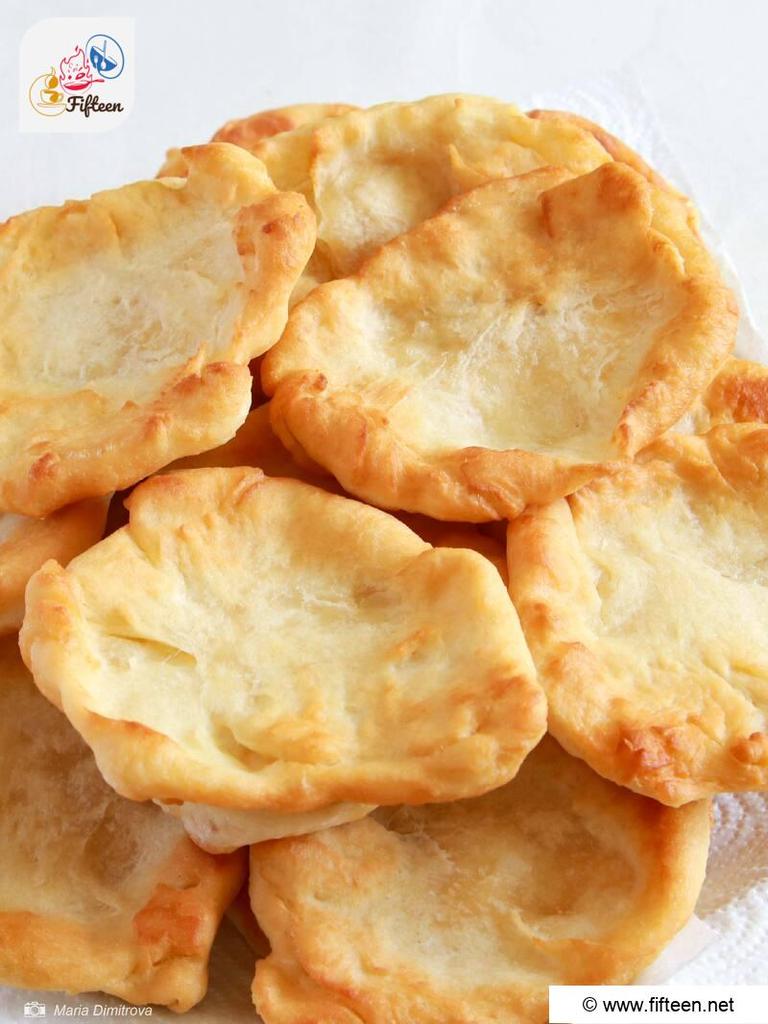
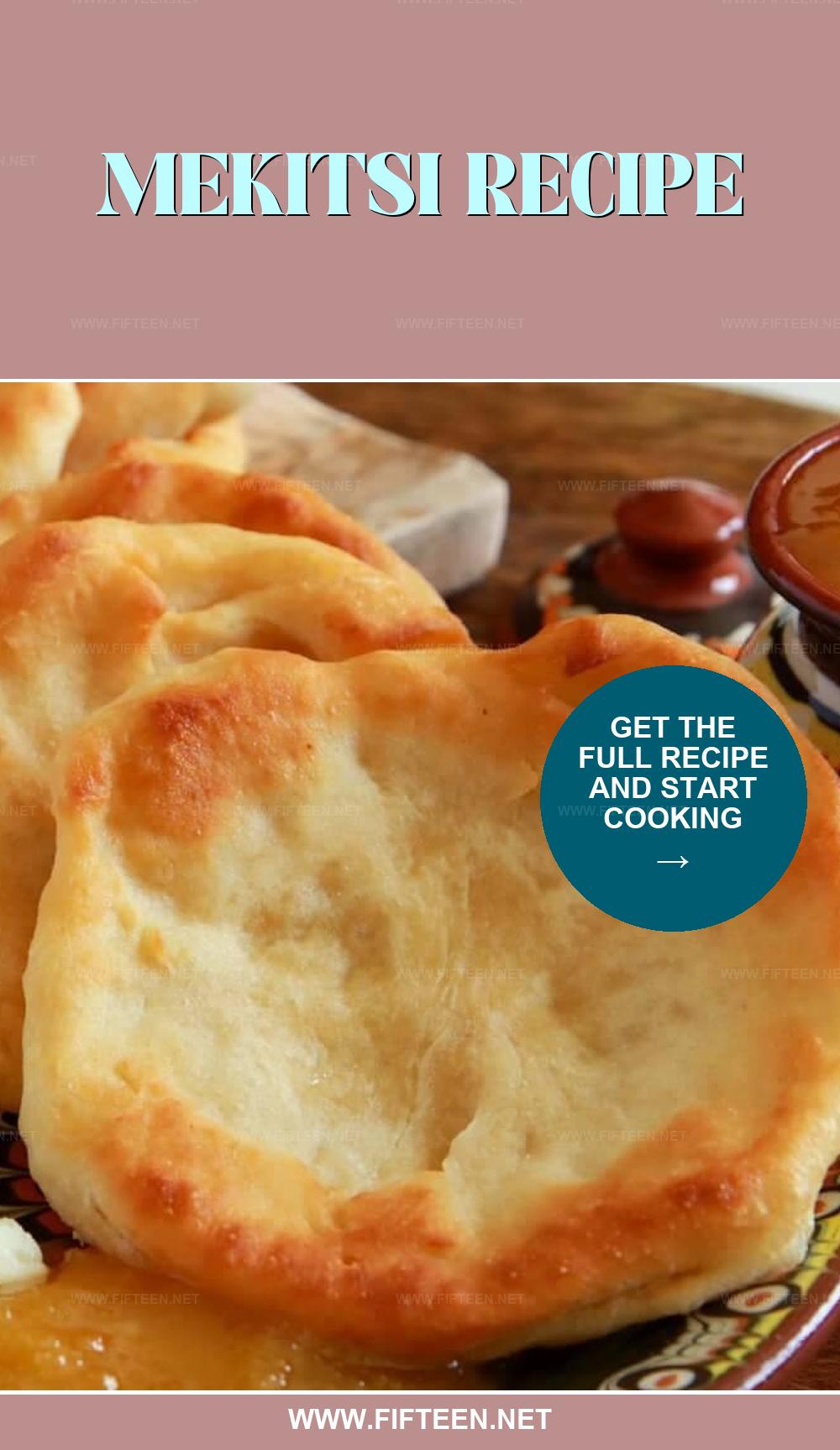
Mia Dimitrova
Content Writer
Expertise
Home Cooking, Meal Planning, Food Styling, Food Photography, Culinary Storytelling, Cooking-video Maker, European Food Content Creator, Bulgarian Food Evaluation Expert
Education
Sofia University “St. Kliment Ohridski”
Completed a thesis titled “Bulgaria on a Plate: A Photographic Journey through our Gastronomic Legacy.”
European Culinary Arts Academy
Maria Dimitrova, or Mia, is a Contributing Writer from Sofia, Bulgaria. Her work beautifully intertwines the rich flavors of Bulgarian and European dishes with their visual storytelling, capturing the soul of each cuisine. Through engaging content and stunning photography, Maria explores the intricate relationship between food’s aesthetic appeal and cultural history.
Specializing in home cooking, food styling, and photography, she brings European culinary traditions to life, offering a unique glimpse into Bulgaria’s gastronomic heritage. Maria’s expertise highlights her deep appreciation for culinary art and invites her audience to embark on a flavorful journey through Europe’s diverse food landscape.